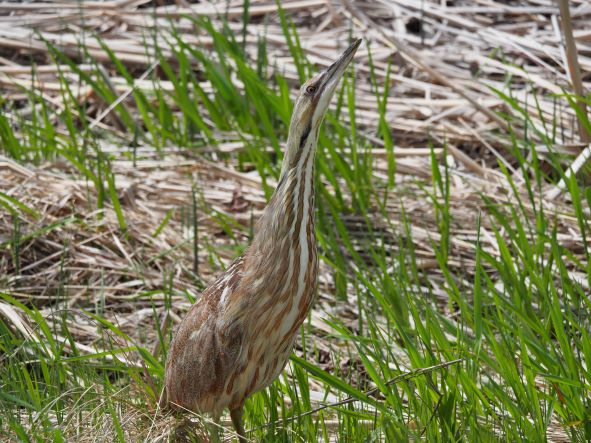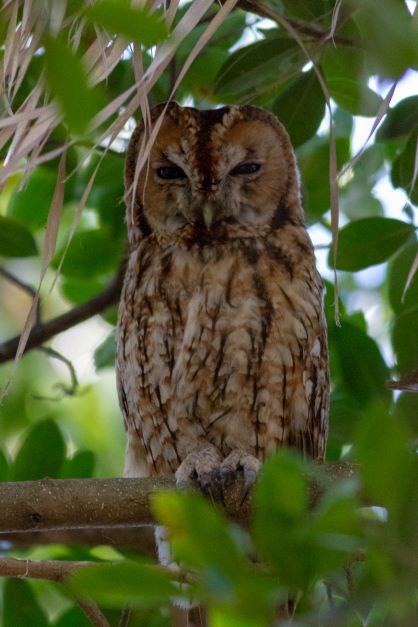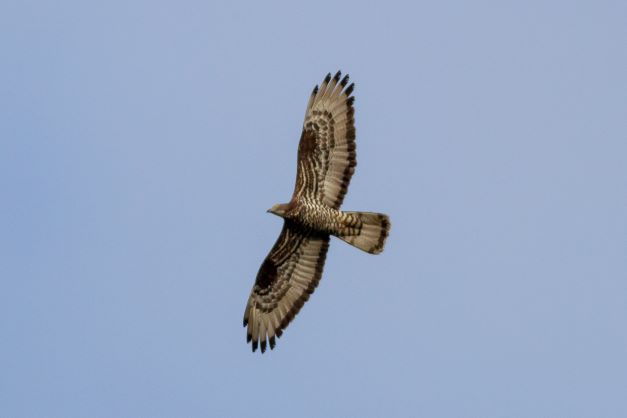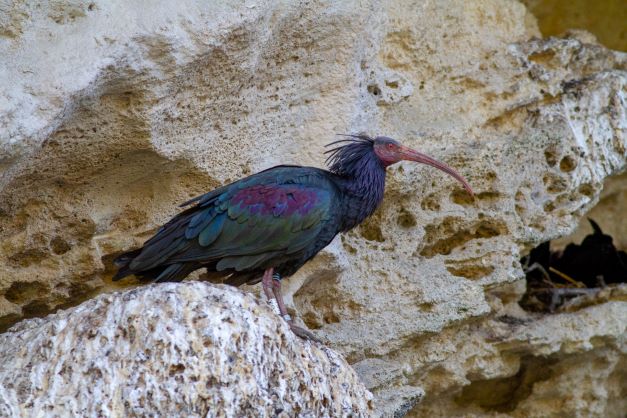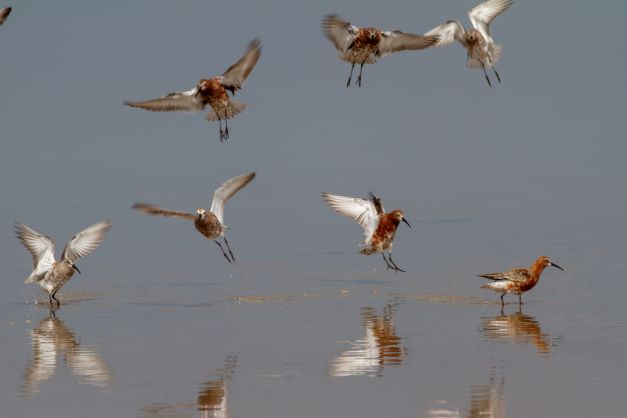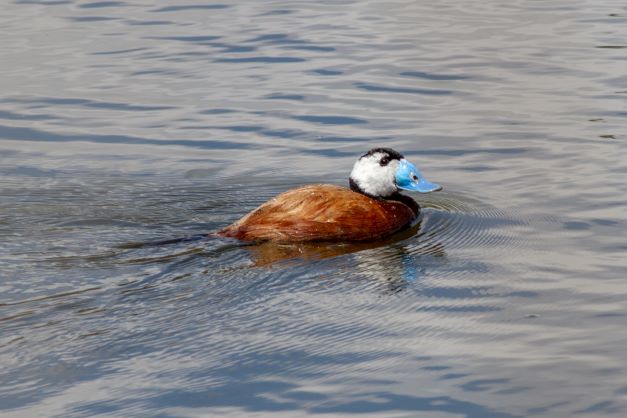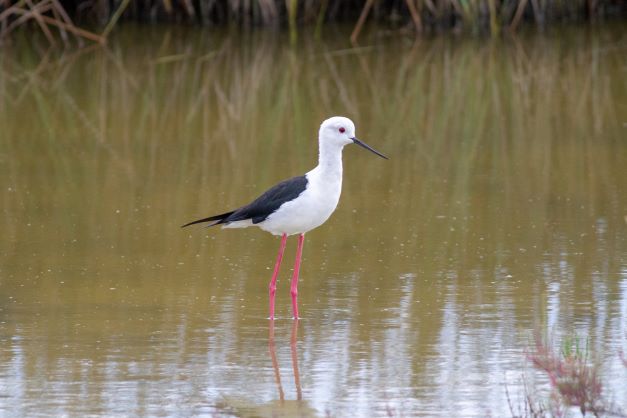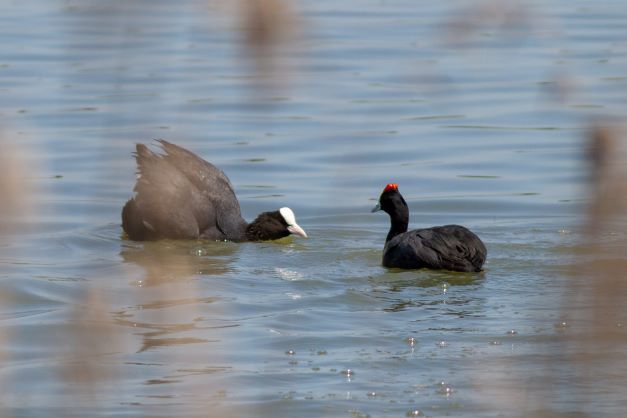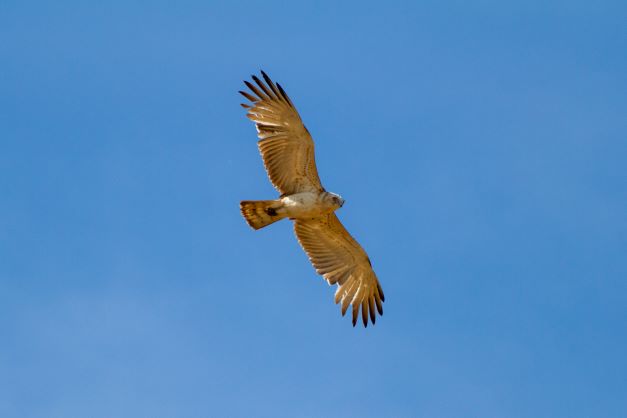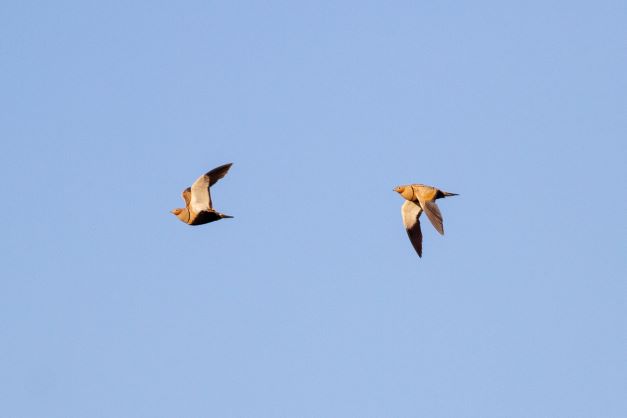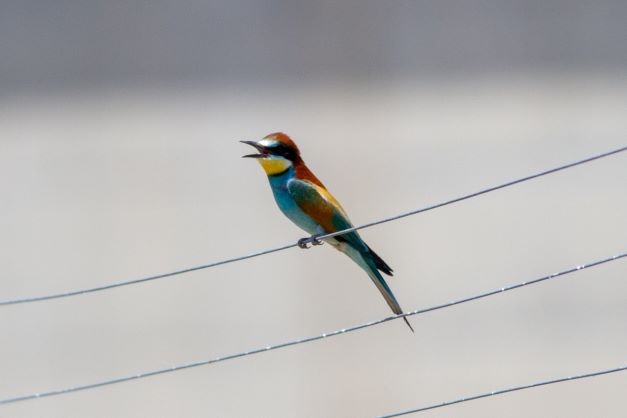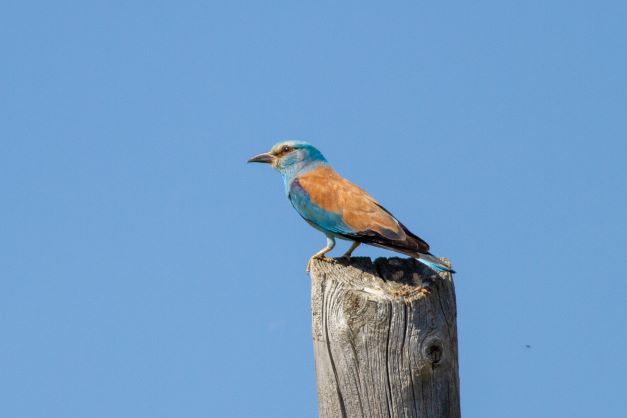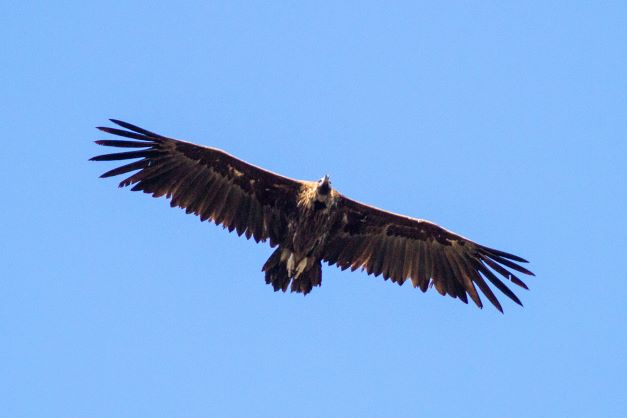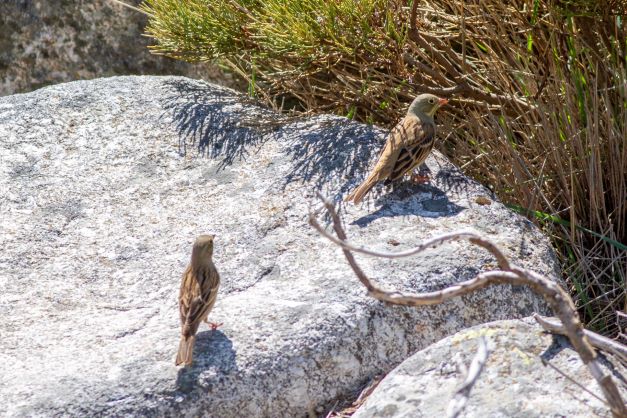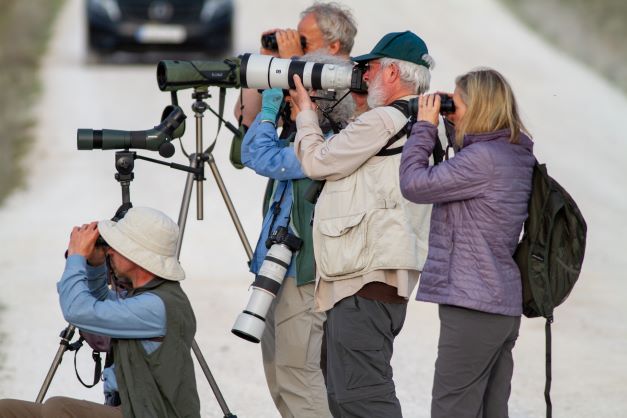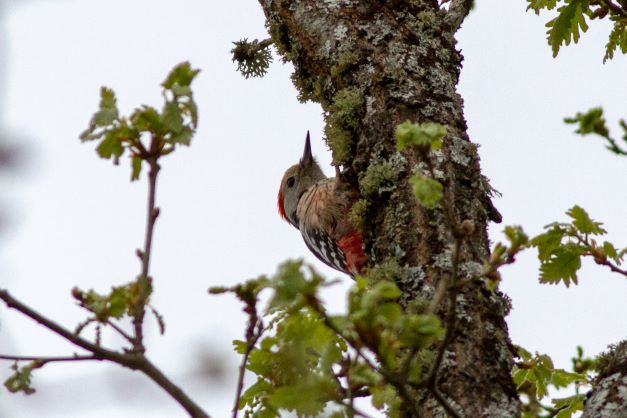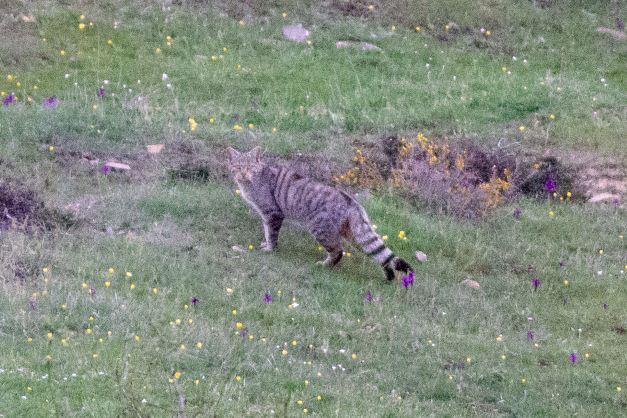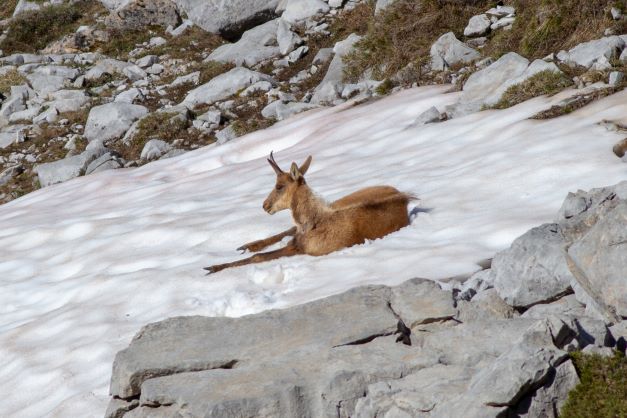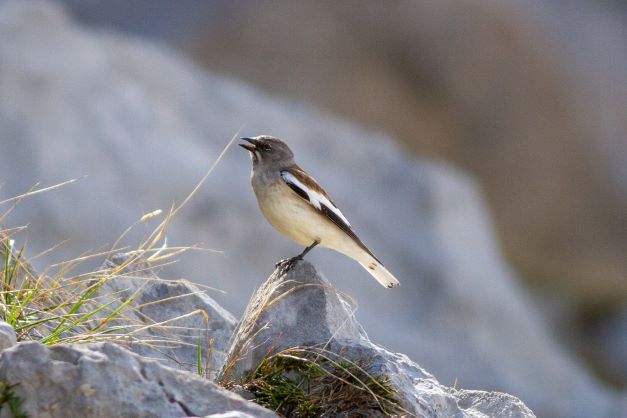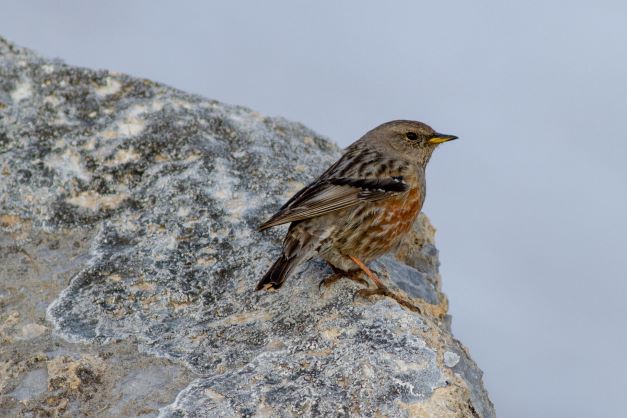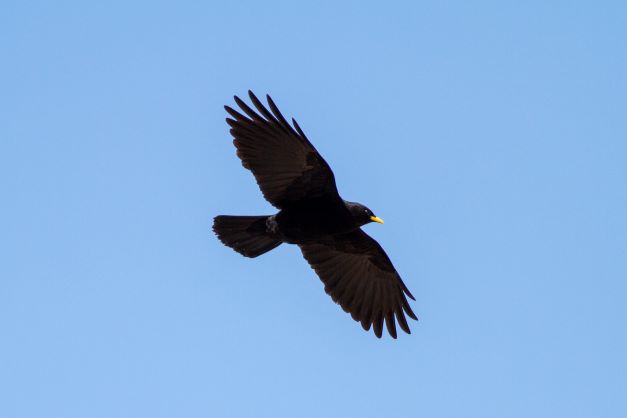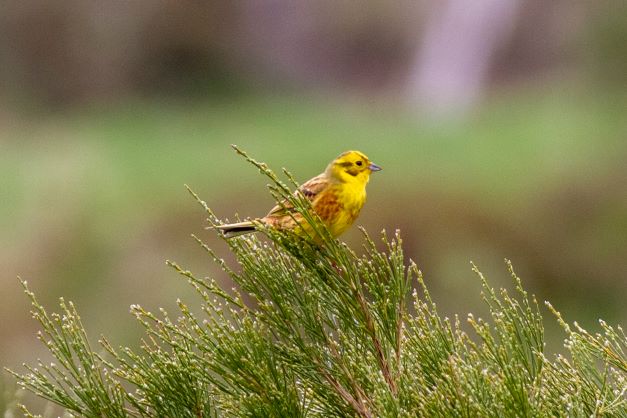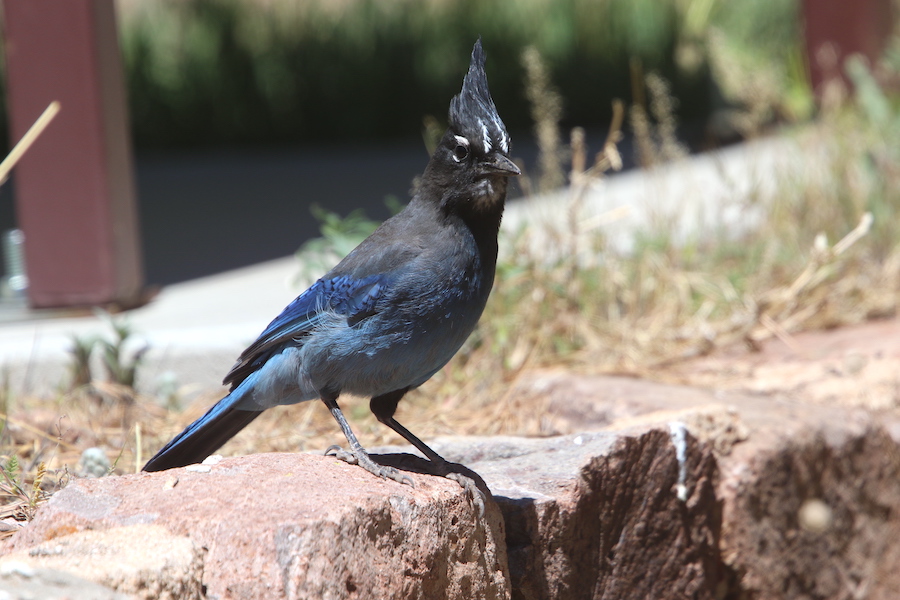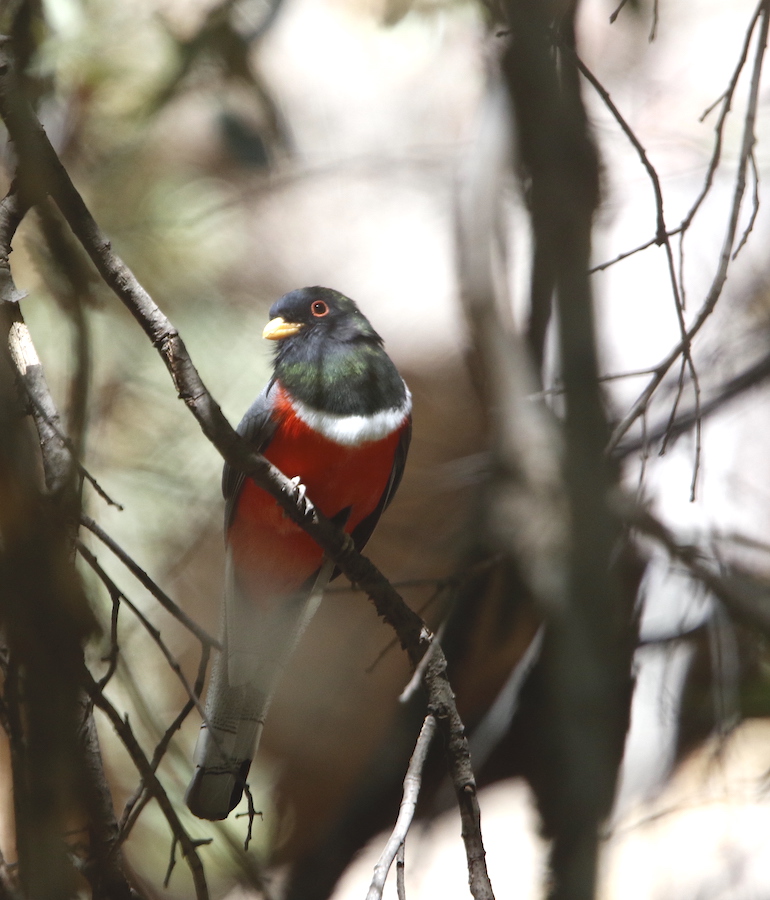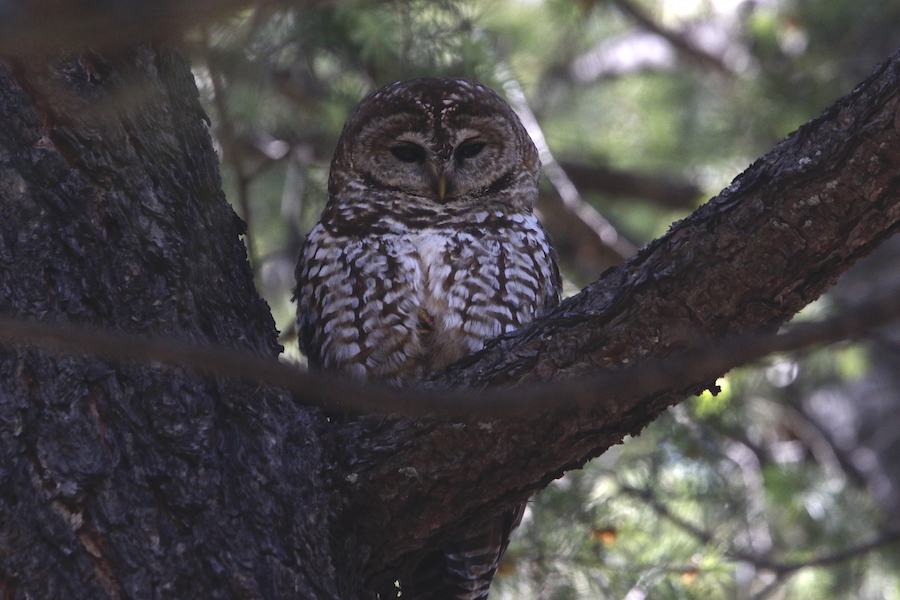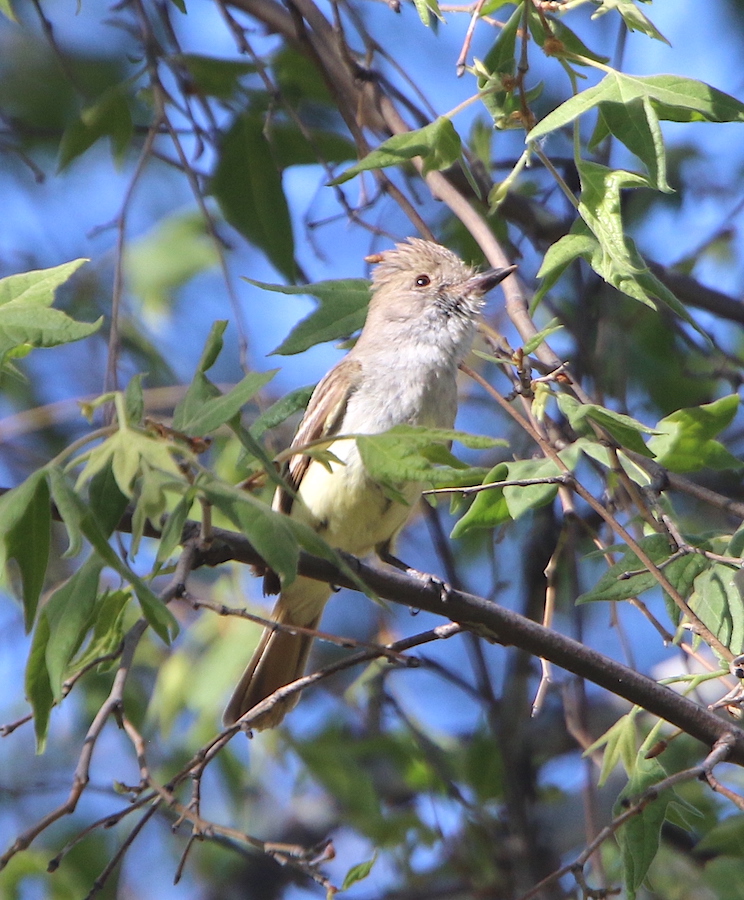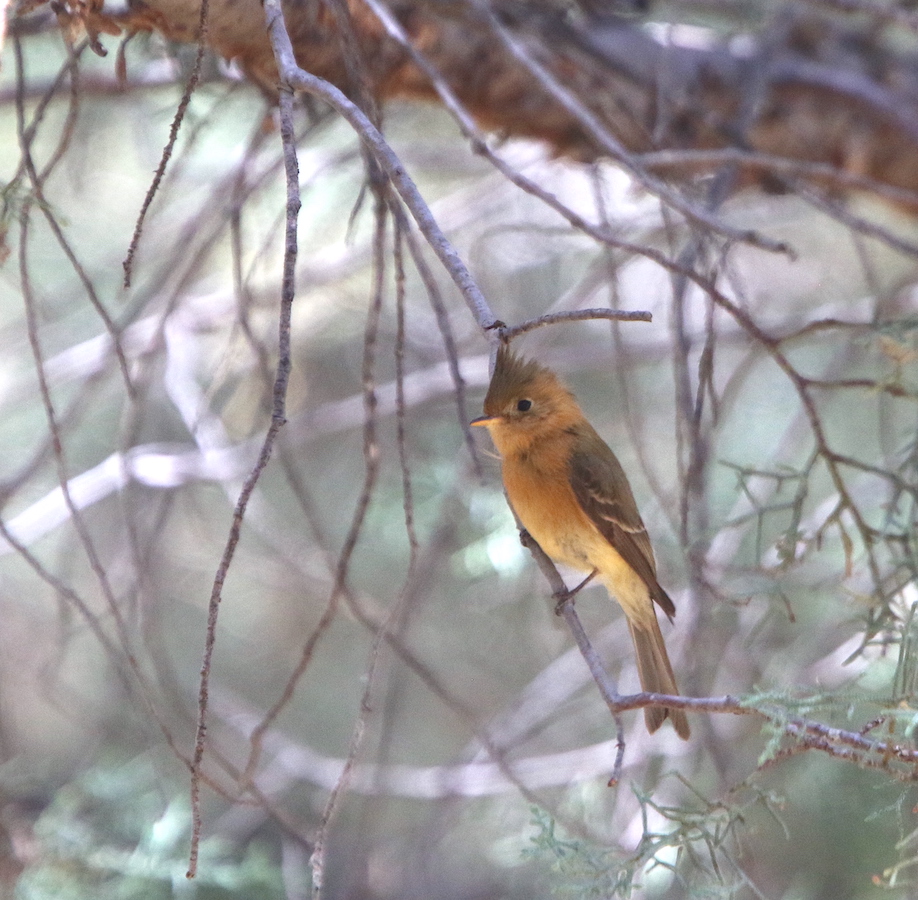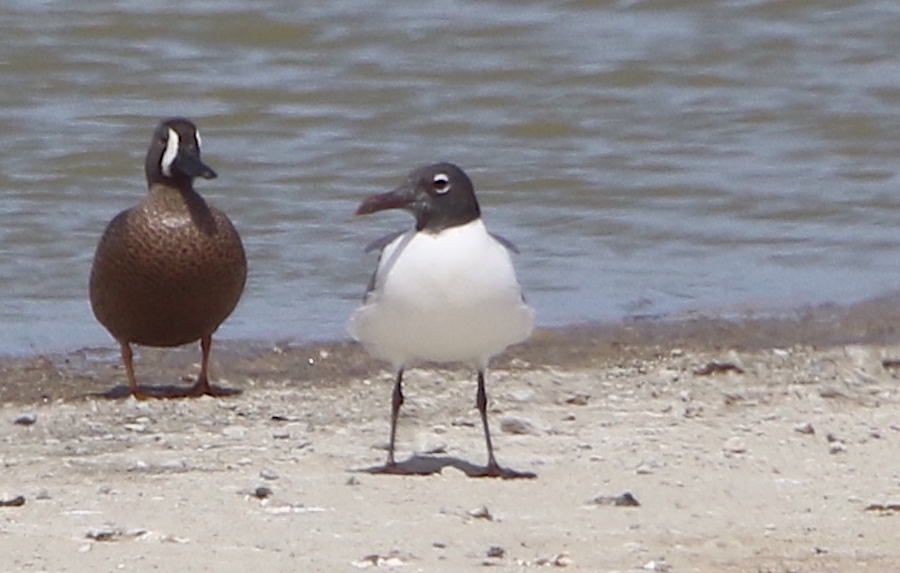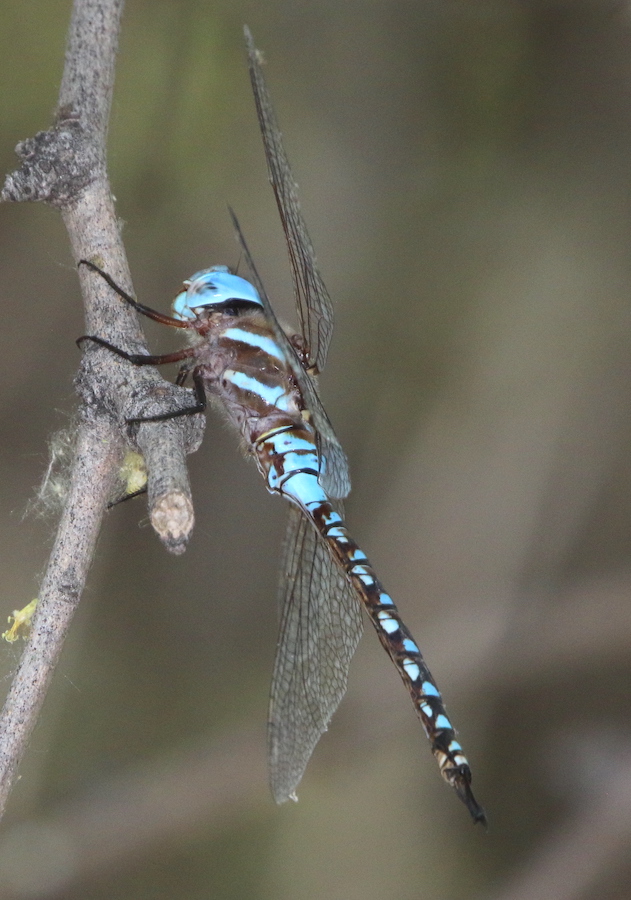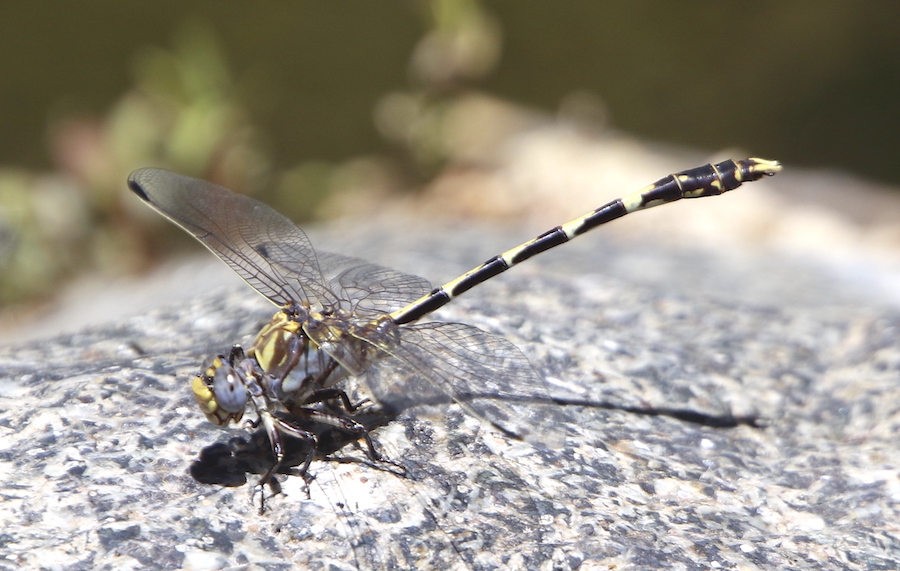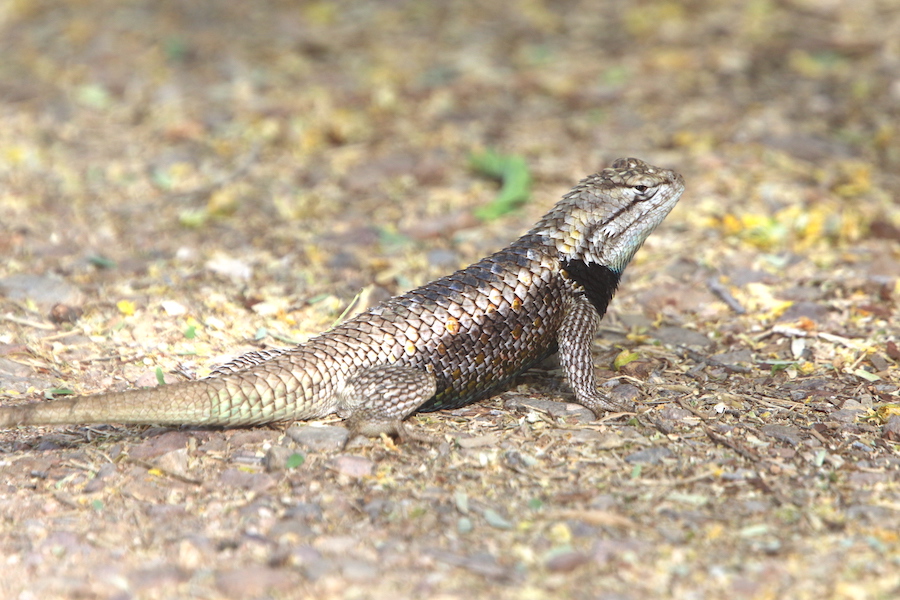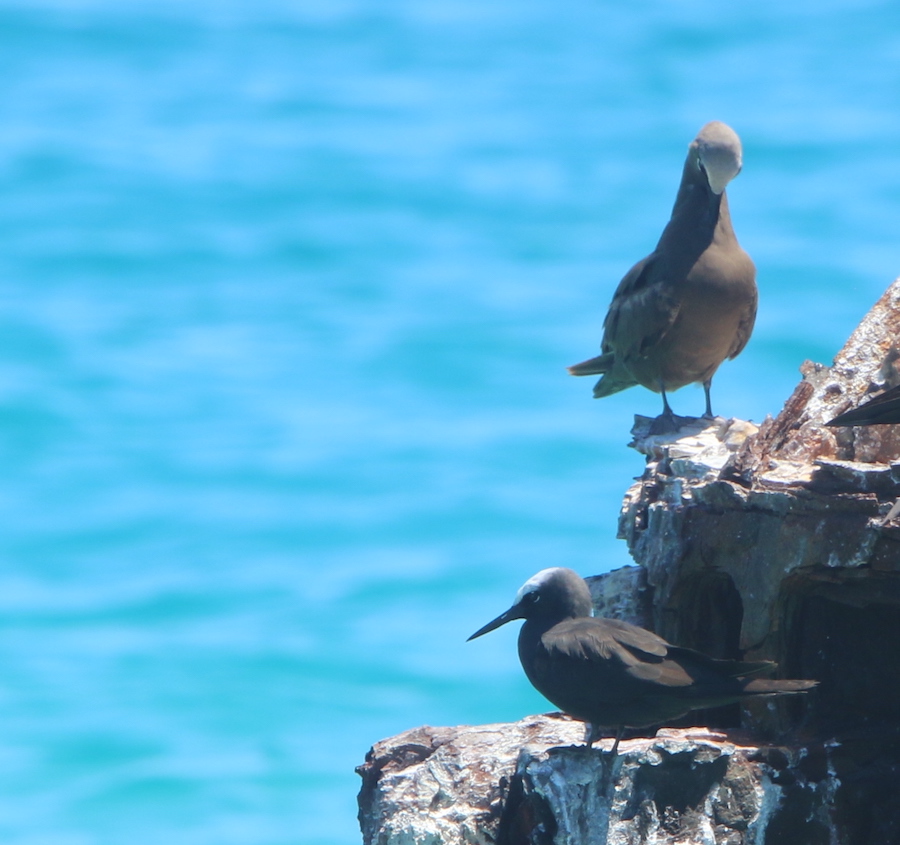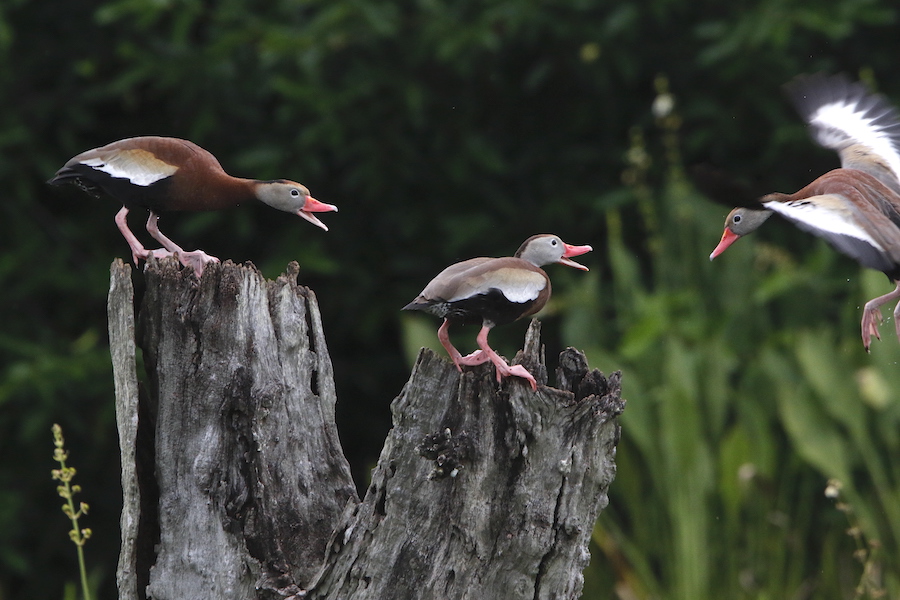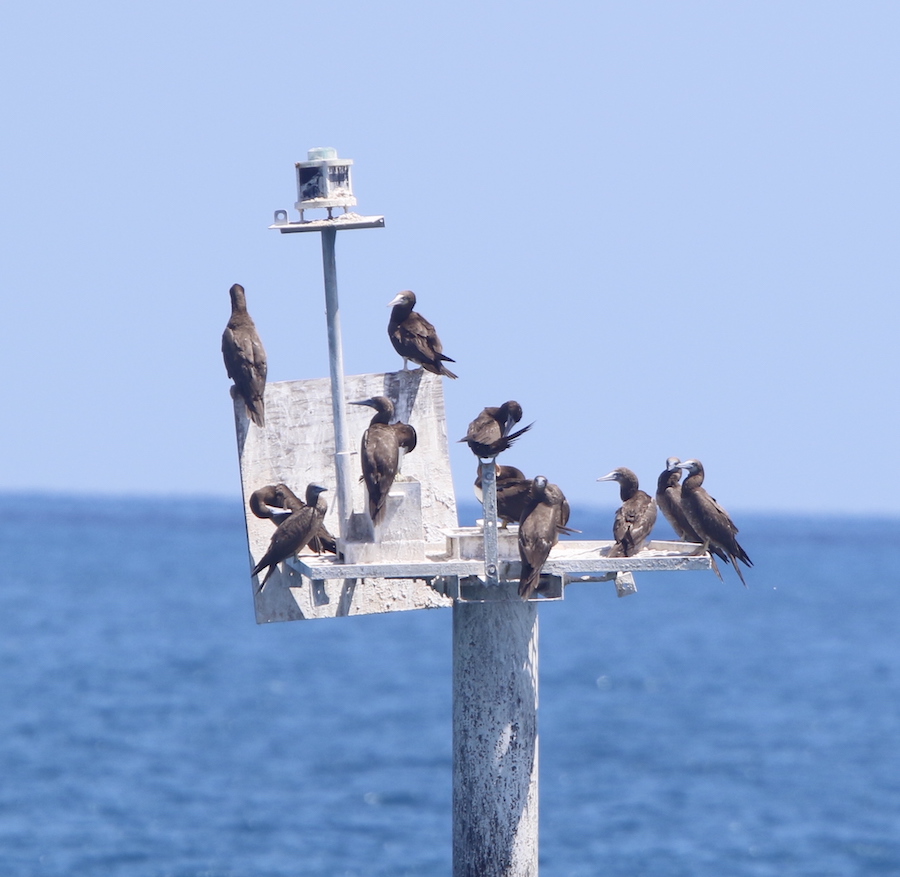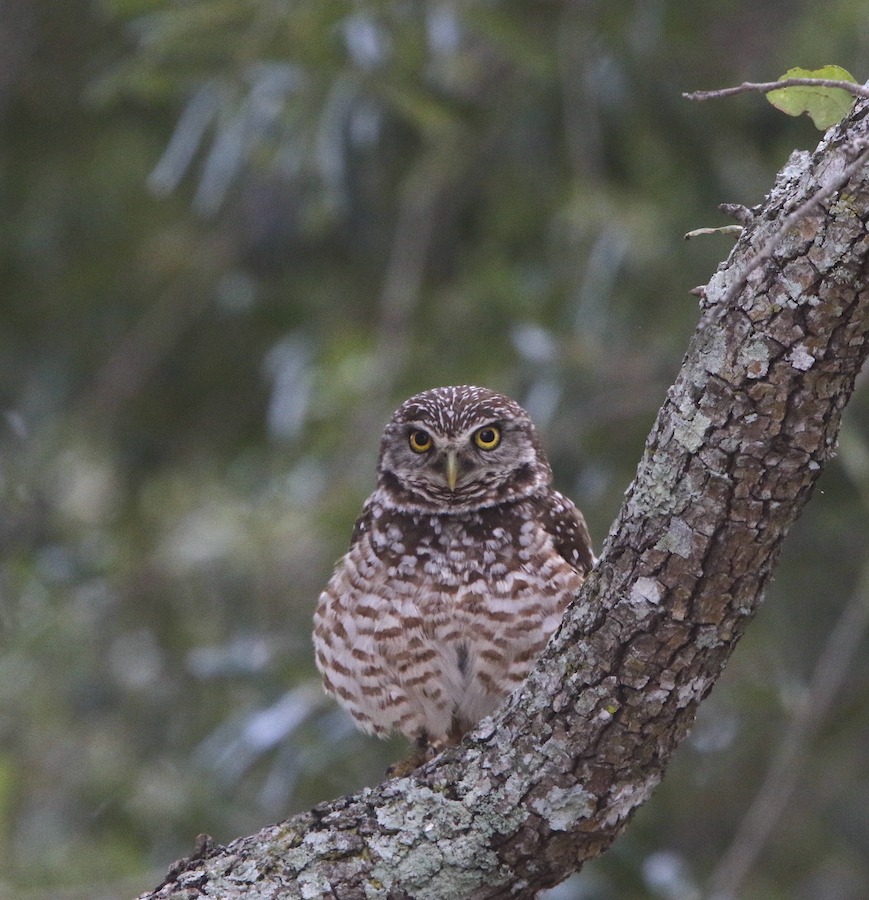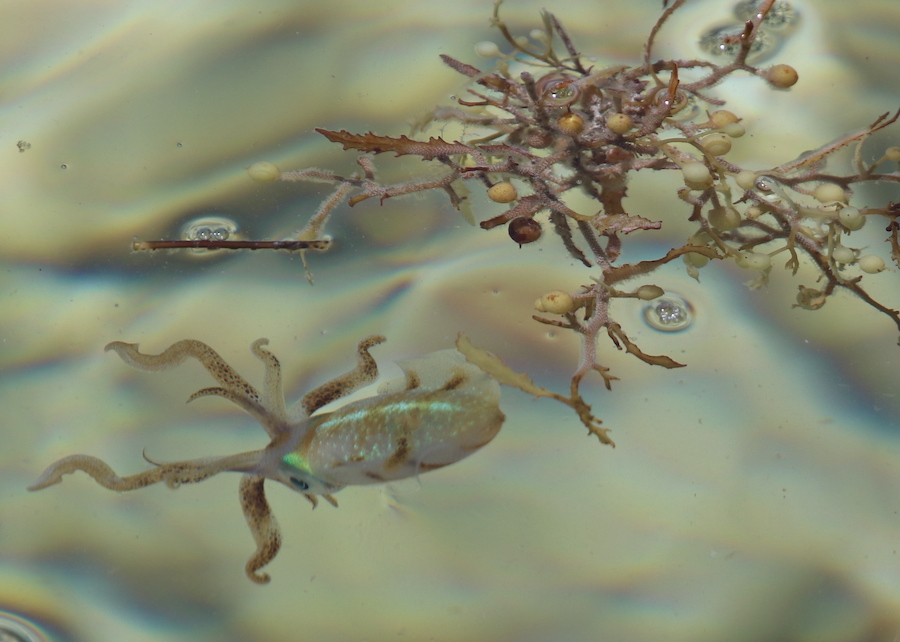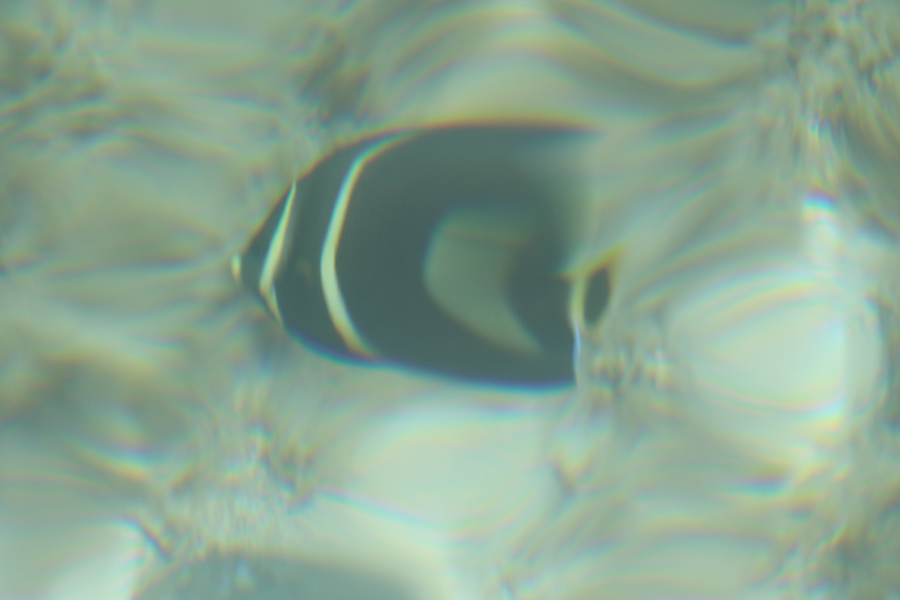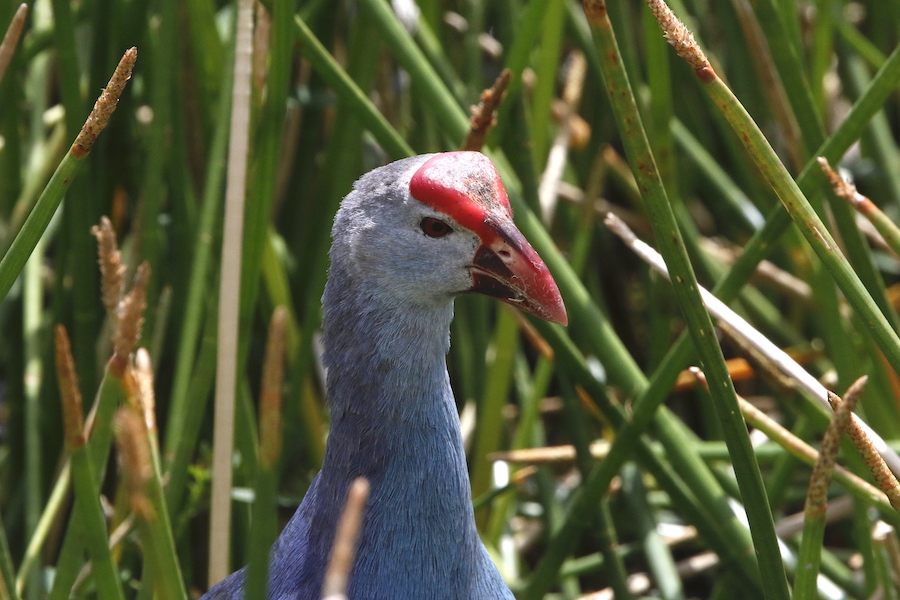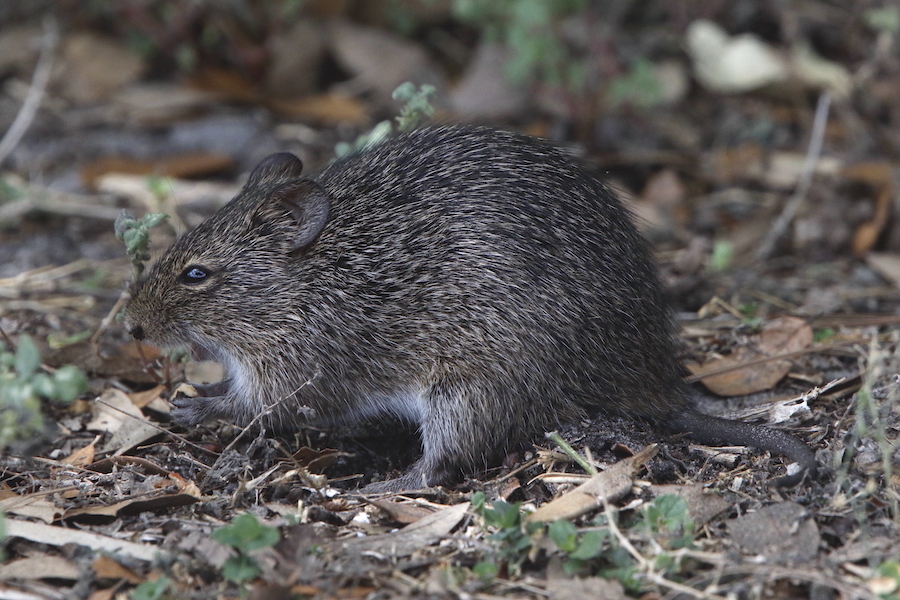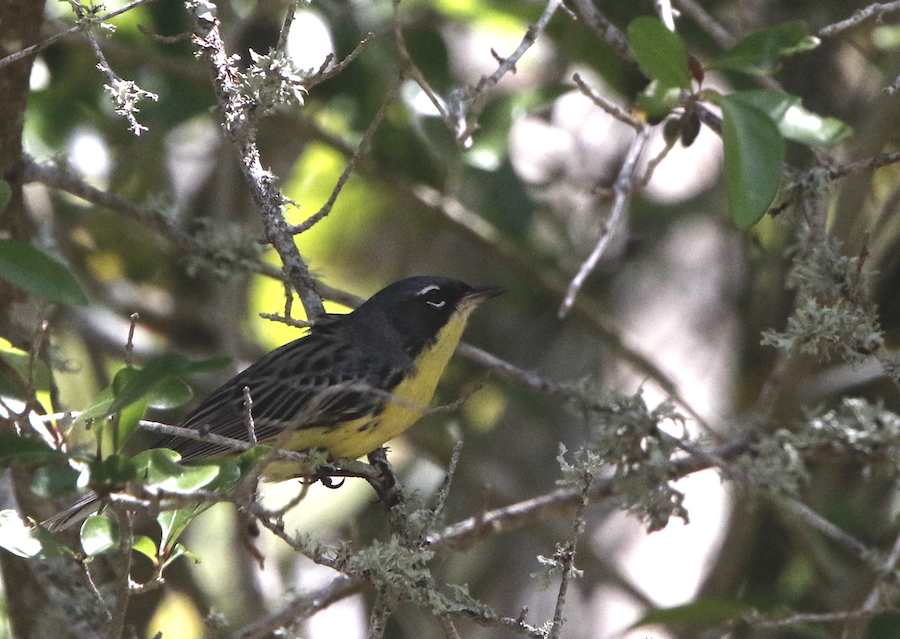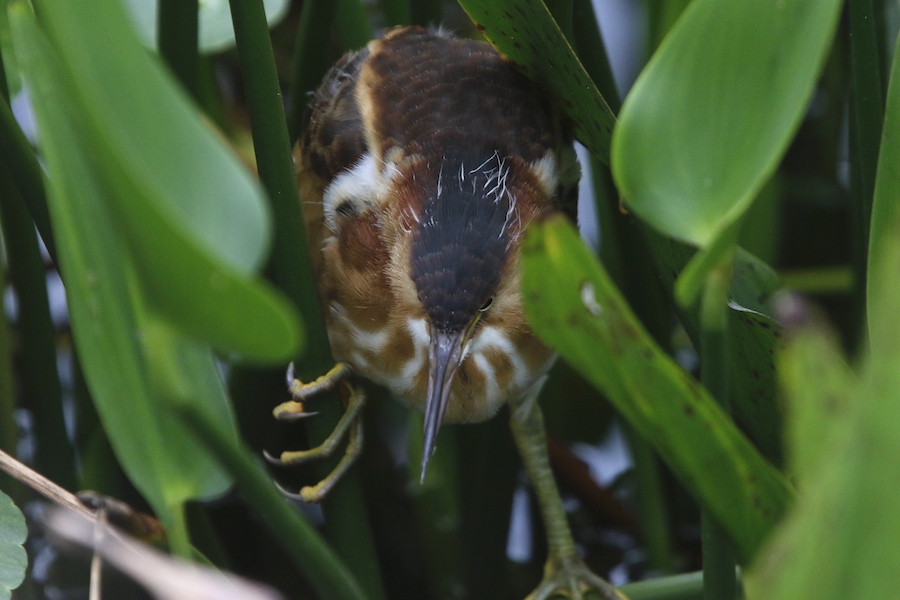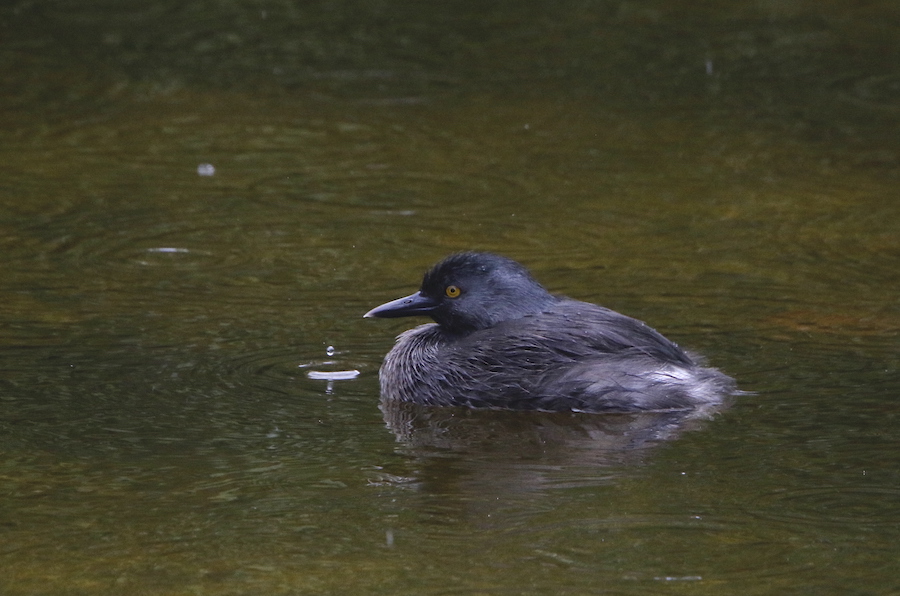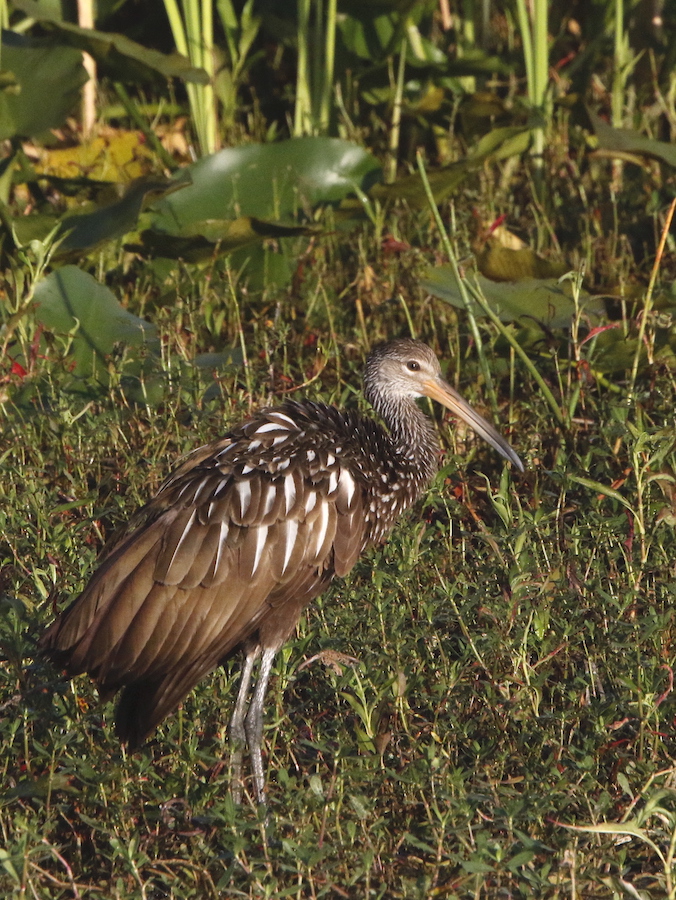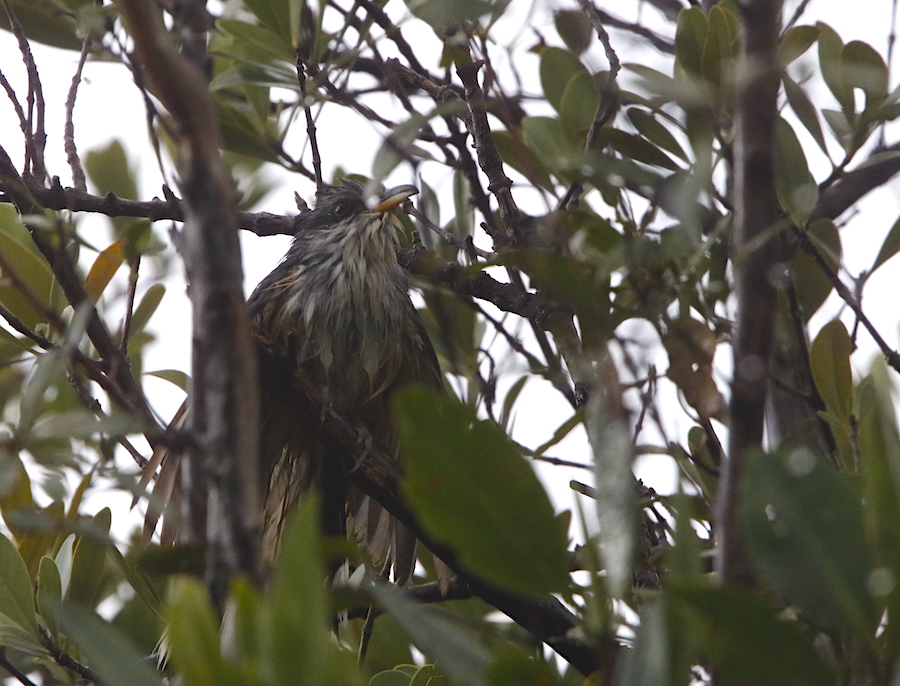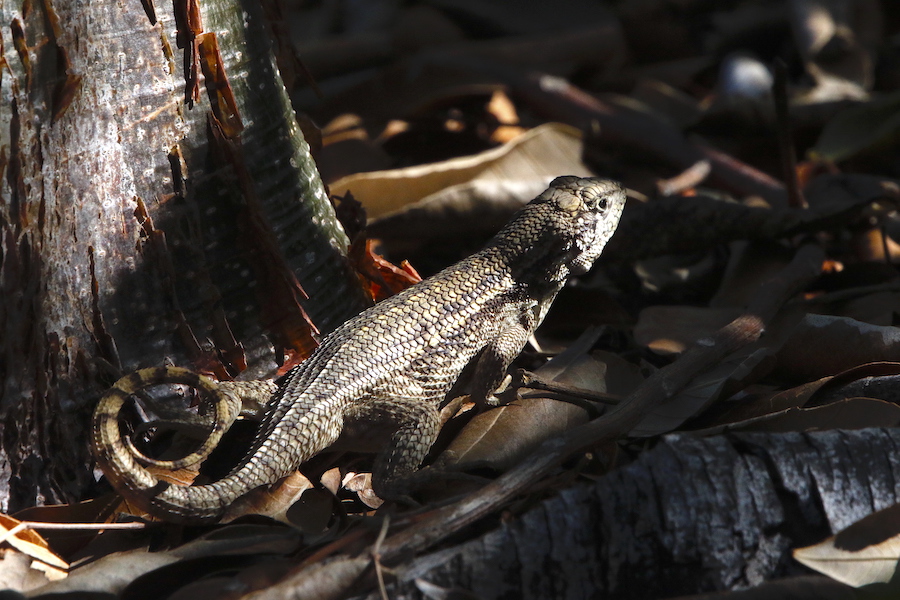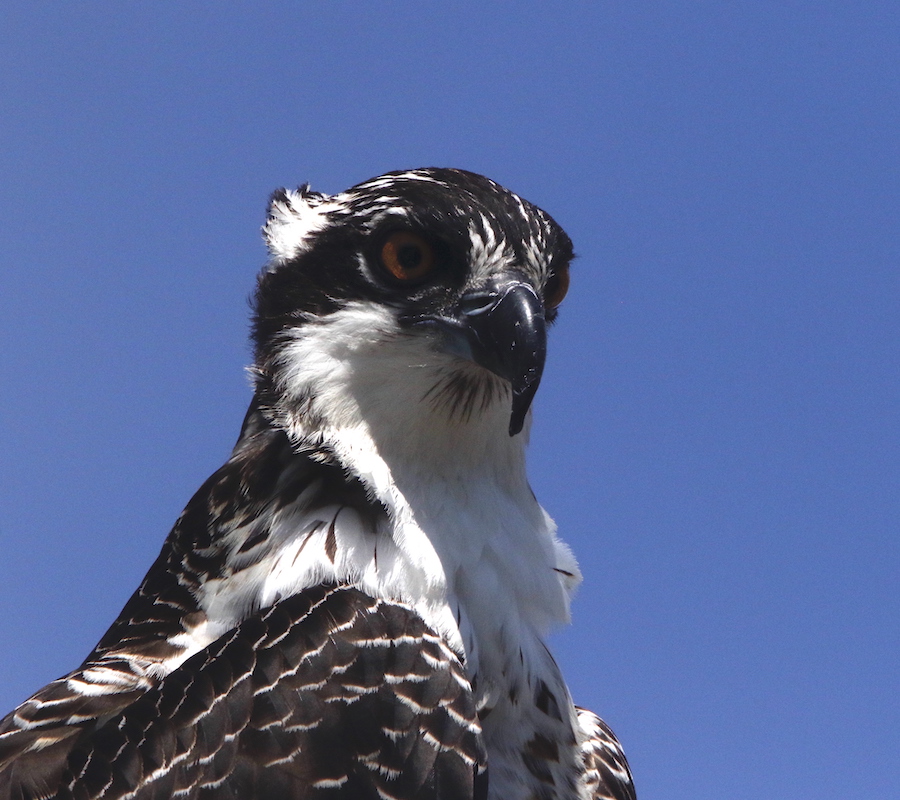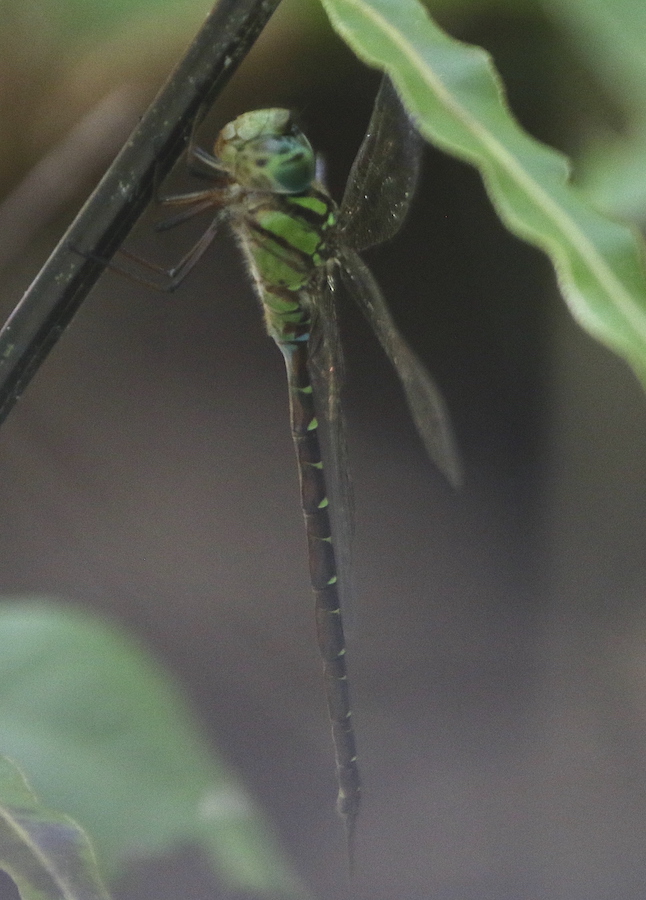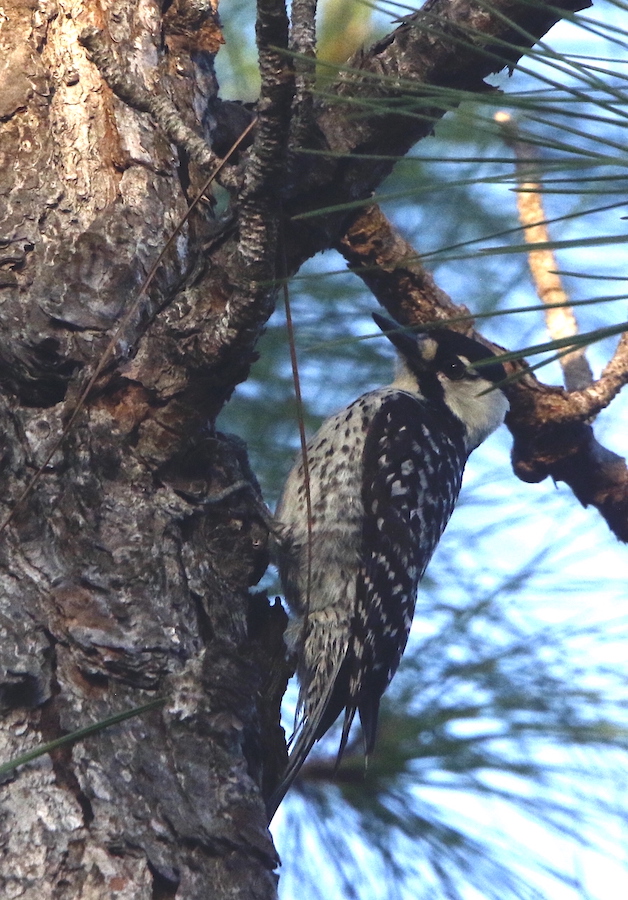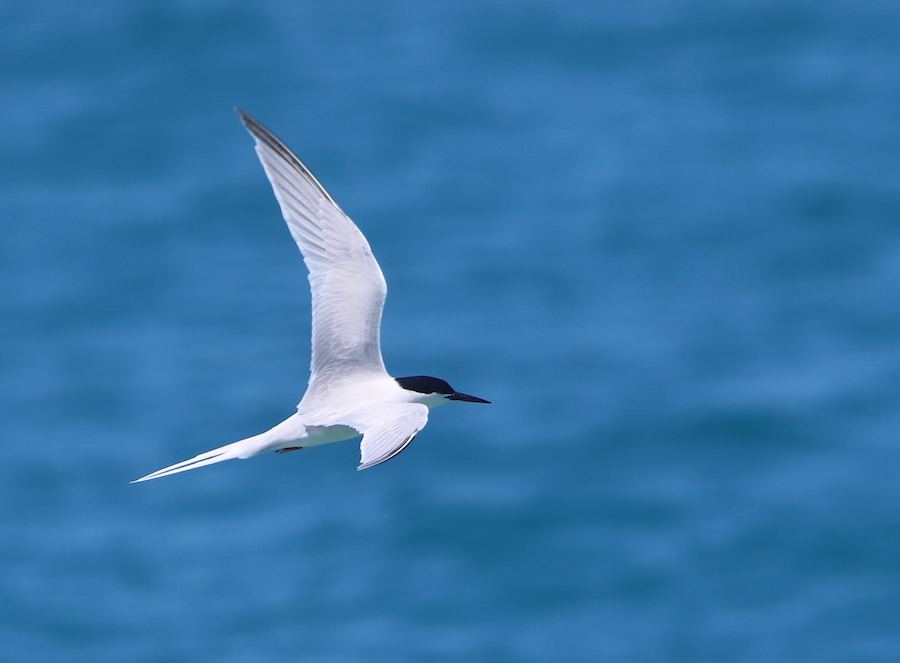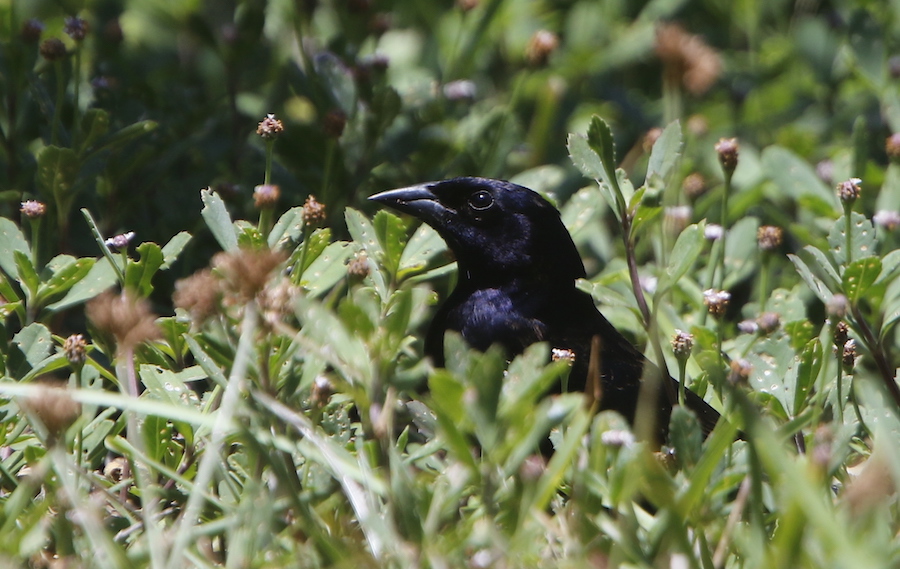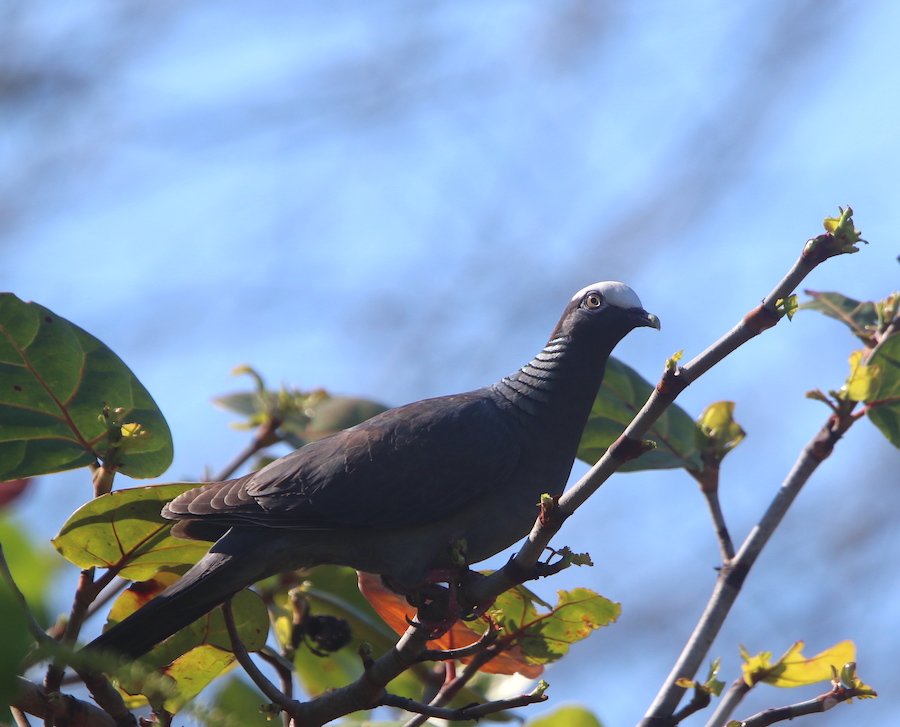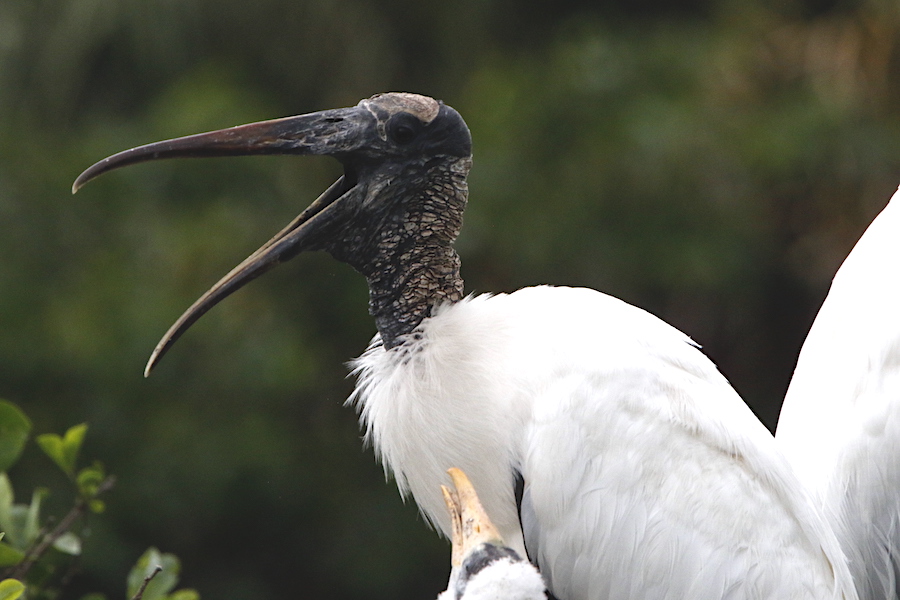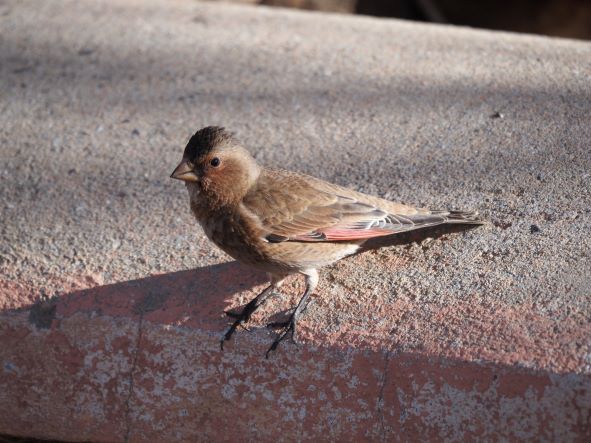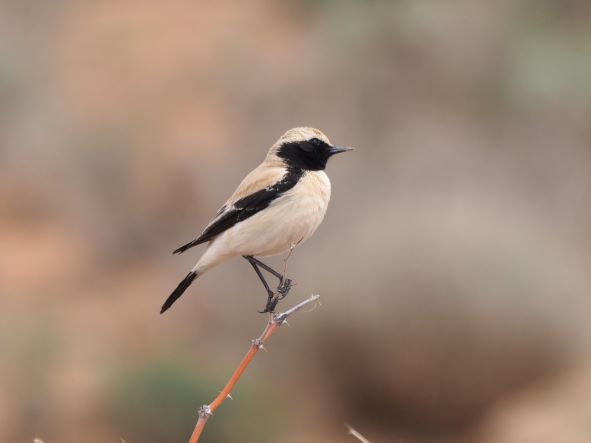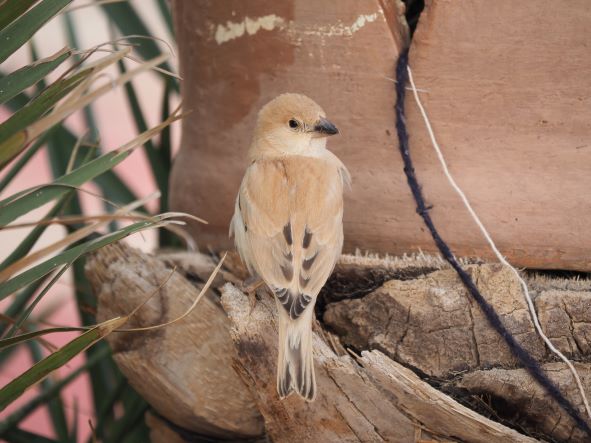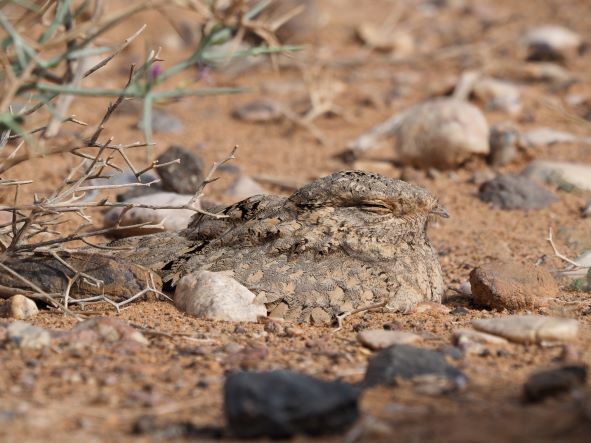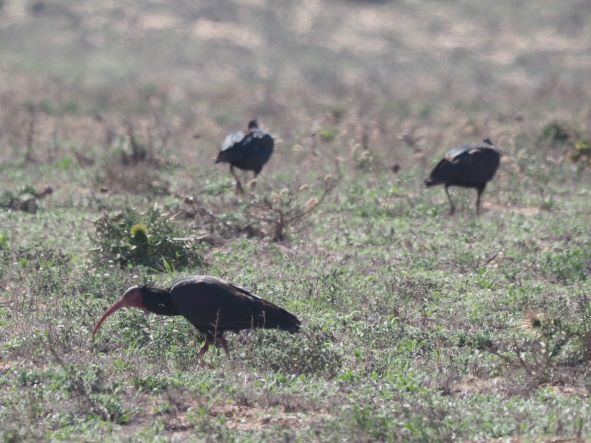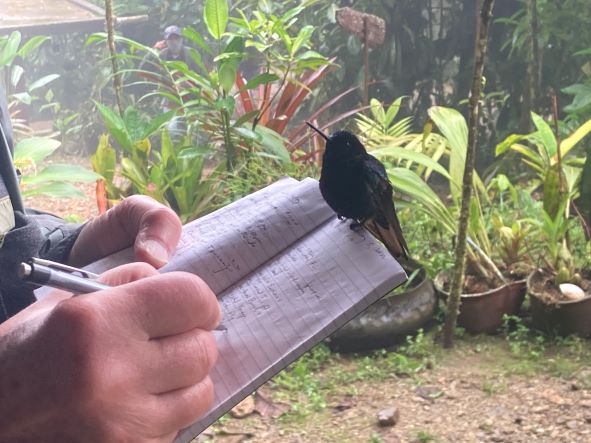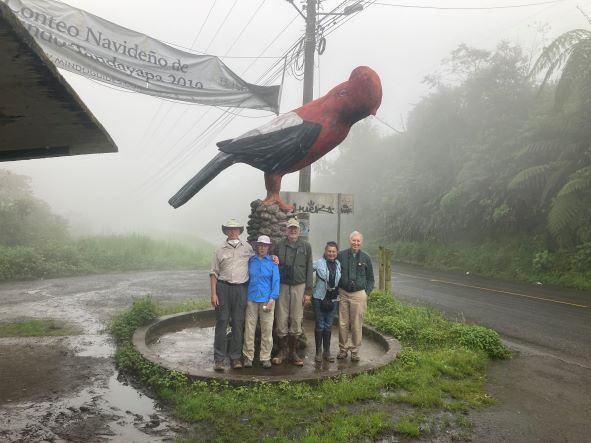From the Field
July 1:
Jake Mohlmann reports from Alaska
We recently wrapped up a successful WINGS tour through some of the most scenic parts of Alaska.
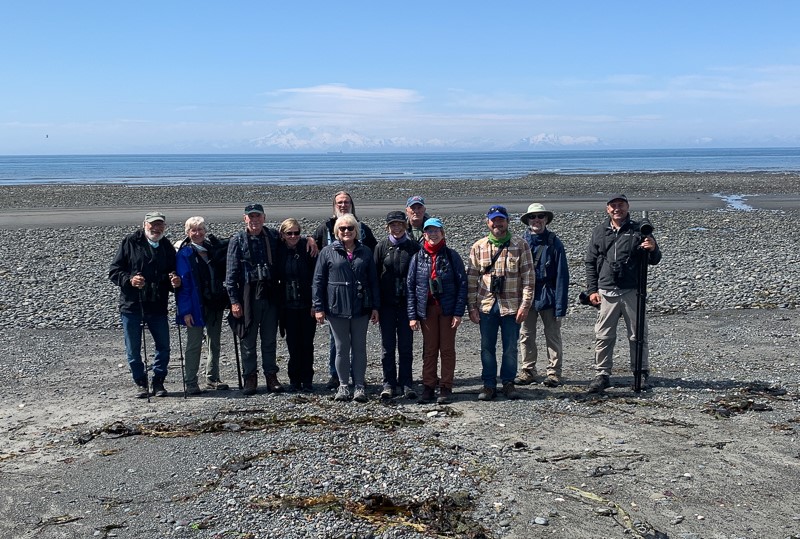
A new area was explored for the first time on this tour as the group searched the shorelines and bays around Homer, a scenic coastal town replete with its famous spit.
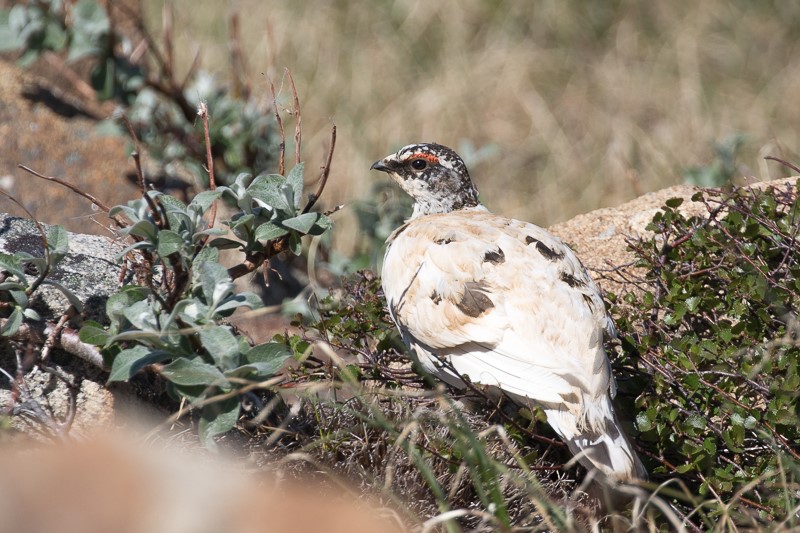
In Nome we searched the other-worldly rocky tundra near Woolly Lagoon for a couple of hours and eventually were rewarded with what some voted the bird of the trip when Greg spotted a Rock Ptarmigan trying its best to blend in to the surrounding landscape.
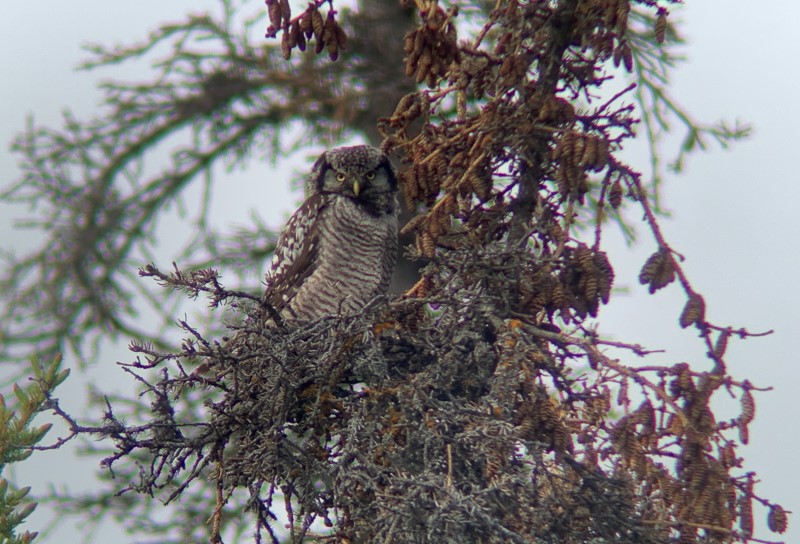
Along the Denali Highway several highlights were tallied, including a perched Northern Hawk Owl that was being harassed by a mob of American Robins and Varied Thrushes that were obviously upset this raptor was perched nearby.
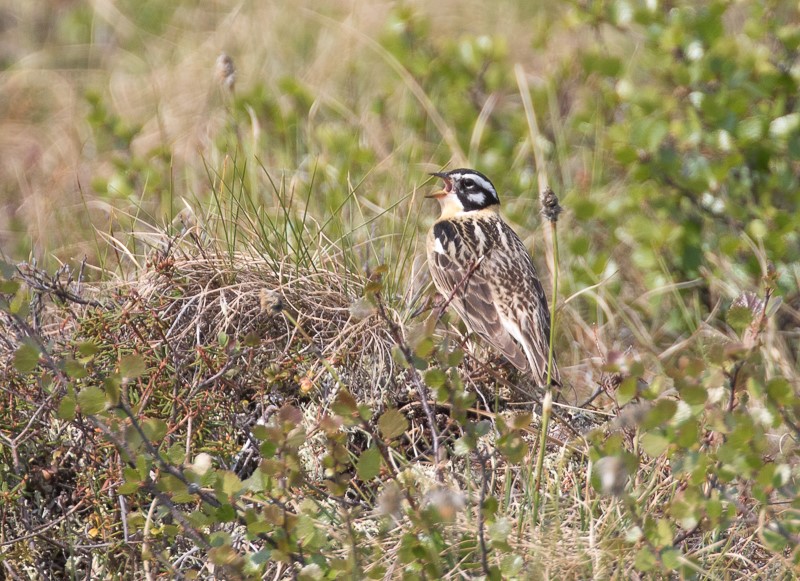
We strolled through the hummocky tundra a mile or so from the road to an area where after some searching tracked down a dapper male Smith’s Longspur newly arrived on its breeding grounds.
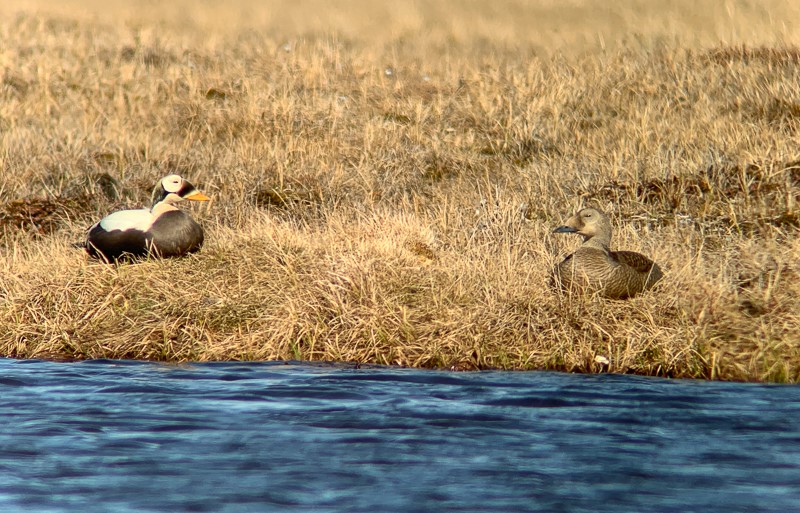
In Utquiagvik the ice was packed for a mile up to the beach which limited our seawatching, but this gave us extra time to get a more intimate experience with the waterfowl staging for breeding grounds including a very confiding pair of Spectacled Eiders.
June 20:
Ethan Kistler reports:
The Minnesota and North Dakota tour went beyond expectations. We dodged most of the rain, had fantastic sightings, and an overall wonderful trip. On the warbler front, we tallied 25 species including the holy grail - Connecticut - along with Cerulean, Hooded, Mourning, and Golden-winged. Sparrows didn’t disappoint either with our tally reaching 17 species including beauties such as Henslow’s, LeConte’s, Nelson’s, and Baird’s. The Northwoods provided point-blank views of a gorgeous pair of Great Gray Owls while the potholes and prairies region, after some much needed rain, was alive with vast numbers of waterfowl, grebes, and shorebirds along with some specials including Yellow Rail, Greater Prairie-Chicken, and Sprague’s Pipit. It was the kind of trip you could always hope for!
This American Bittern was right along a rural road in North Dakota. When we stopped, it immediately 'froze' hoping we didn't see it.
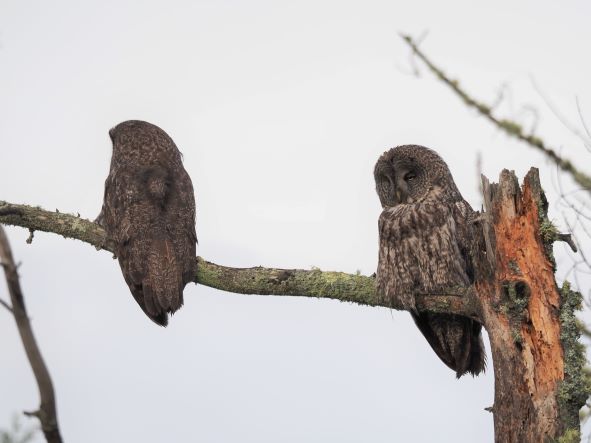
One of the first species we saw upon arriving at Sax-Zim Bog was this pair of Great Gray Owls, which perched conspicuously near the road allowing for extended views.
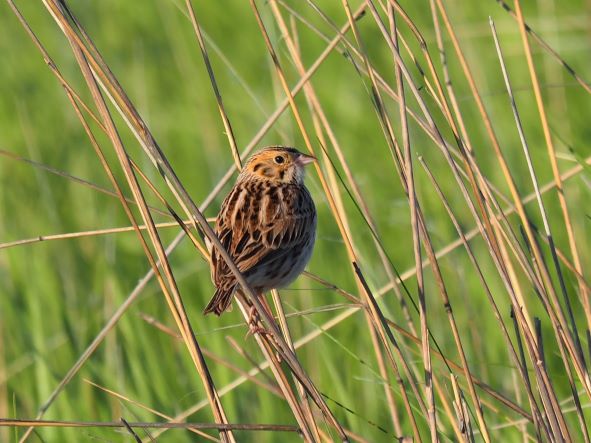
This Baird's Sparrow was already singing upon our arrival.
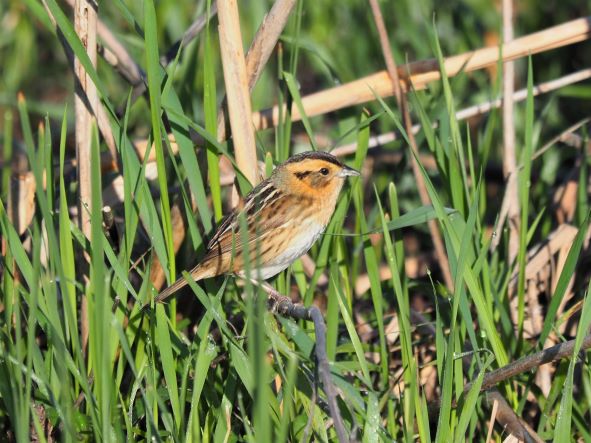
The gorgeous Nelson's Sparrow was very obliging for photos.
May 17:
John Muddeman reports from Spain:
We have just finished a 14-day, cross-Spain tour, traversing a wealth of bird and wildlife rich habitats and landscapes. This diversity guarantees excellent opportunities to see a fine selection of the most iconic birds in Iberia as well as sampling a little of its cuisine and even a couple of historic sites on the way. Indeed, over 230 bird species were recorded by the group, plus an unusually diverse number of mammals. The weather was just about perfect, if a touch hot at times, but following on the heels of an unusually cold and quite wet spring, this worked very much in our favor, especially in the lush north. We started in the Strait of Gibraltar, where European Honey Buzzards were arriving in droves and two of Europe's rarest birds, a Common bulbul and a small flourishing colony of Northern Bald Ibis were top of the bill. Moving westwards, the coastal salinas and wetlands came up trumps with dapper Slender-billed Gulls and a wealth of shorebirds, plus a few very special 'Iberian specials' in the form of displaying White-headed Ducks, discrete Marbled Ducks and feisty Red-knobbed Coots. The steppic birds in the huge plains of Extremadura delighted with European Roller, Great and Little Bustard, Pin-tailed and Black-bellied Sandgrouse amongst others, while two Eagle Owl chicks on their nest were a terrific sight! The central Gredos mountains didn't disappoint, with a gorgeous displaying male Bluethroat, plus (now sadly not so) Common Rock Thrush and our first smart male Red-backed Shrike, with the cities of Ávila and Segovia enjoyed briefly en route to fascinating paramo habitat. The weather in the Picos de Europa couldn't have been better for birding the high tops, with Alpine Choughs, Alpine Accentors, White-winged Snowfinches and two Wallcreepers to round-off a fabulous tour!
Tawny Owl
European Honey Buzzard
Northern Bald Ibis
Curlew Sandpipers
White-headed Duck
Black-winged Stilt
Red-knobbed Coots
Short-toed Snake Eagle
Black-bellied Sandgrouse
European Bee-eater
European Roller
Cinereous Vulture
Ortolan Bunting
Group birding
Middle Spotted Woodpecker
European Wildcat
Southern Chamois
White-winged Snowfinch
Alpine Accentor
Alpine Chough
Yellowhammer
May 17:
Gavin Bieber reports from Southeastern Arizona
The 2022 WINGS Spring Arizona tour combined a wealth of the namesake owls and warblers as well as several truly rare species among some of the best scenery on offer in the country. The spring of 2022 was warm and a lot of our lingering wintering birds and earlier migrant species had long since headed north before our tour dates. Despite the rather light presence of migrants, we very much enjoyed the week, tallying an impressive 208 species. Our avian highlights were many. Resident birds such Cactus Wrens, Acorn Woodpecker, Broad-billed Hummingbird, and Steller’s Jay all showed very well. Summer migrants were in excellent form too, with particularly good views of Elegant Trogon, Blue-throated Mountain-Gem and Red-faced Warbler. This tour focuses on night-birding too, and among the three nightjars and seven species of owls we enjoyed this day-roosting Spotted Owl and a nocturnal encounter with Whiskered Screech-Owl. Perhaps the most unique thing this year was our very good luck with vagrant flycatchers. We started the trip with a successful journey into Happy Valley for a Nutting’s Flycatcher, caught up with a cute Tufted Flycatcher in Rucker Canyon mid-tour, and then capped the trip off with a newly discovered Pine Flycatcher high up in the Catalinas. Not all the vagrants were Mexican in origin though, as we found this adult Laughing Gull in Willcox. As is always the case we found a host of non-birds as well, including odonates like Blue-eyed Darner and Gray Sanddragon, and a number of lizards including this bulky male Desert Spiny Lizard. All in all, just a fantastic week in the field!
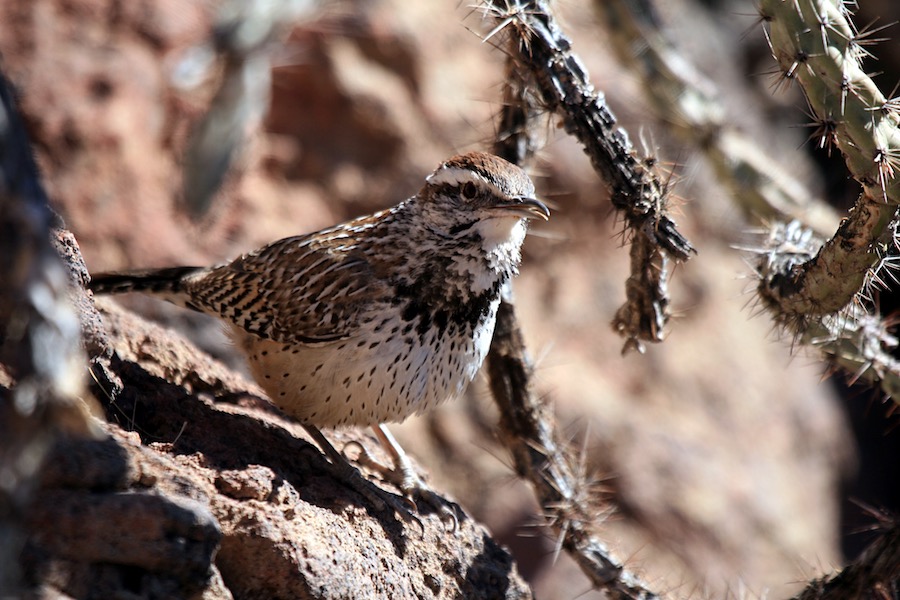
Cactus Wren
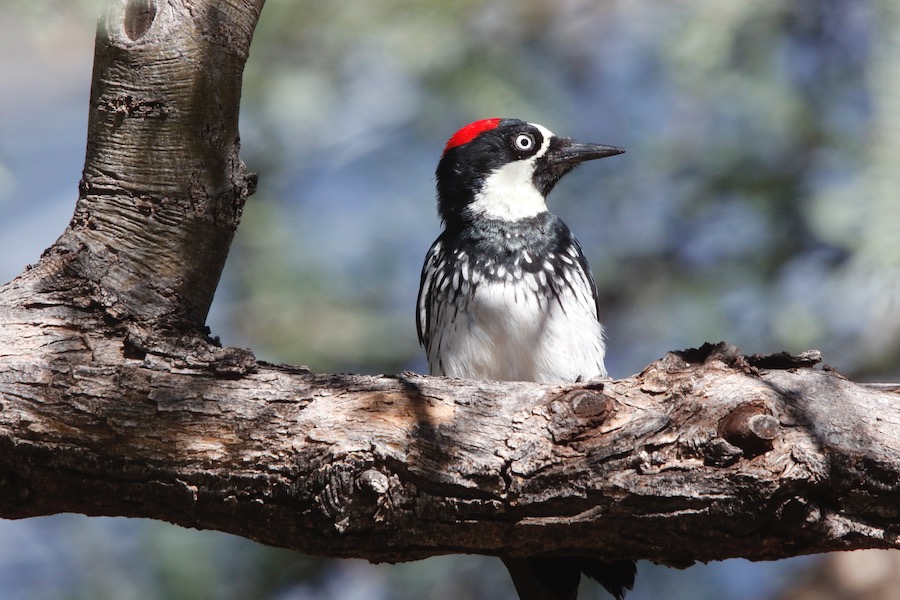
Acorn Woodpecker
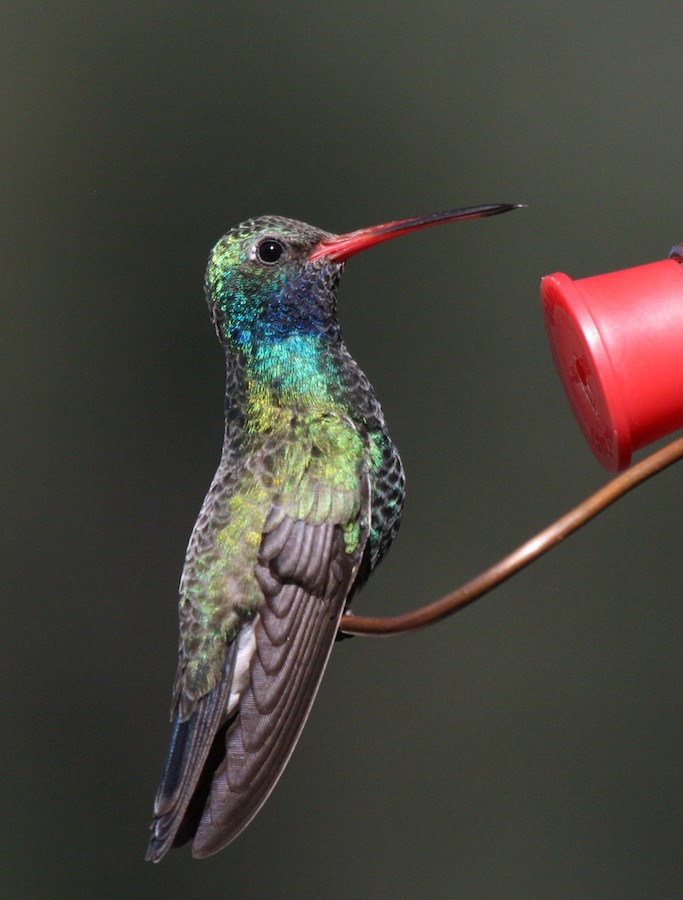
Broad-billed Hummingbird
Steller’s Jay
Elegant Trogon
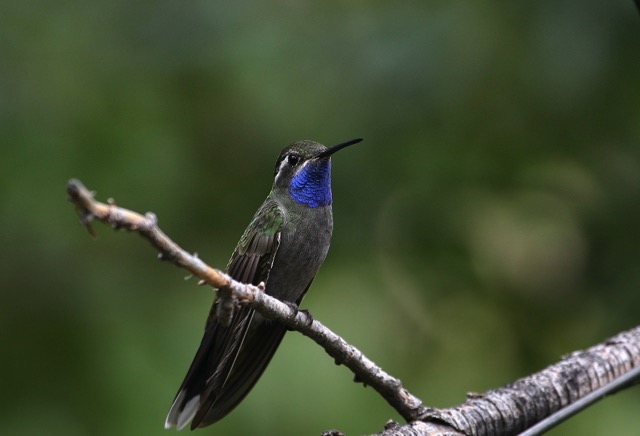
Blue-throated Mountain-Gem
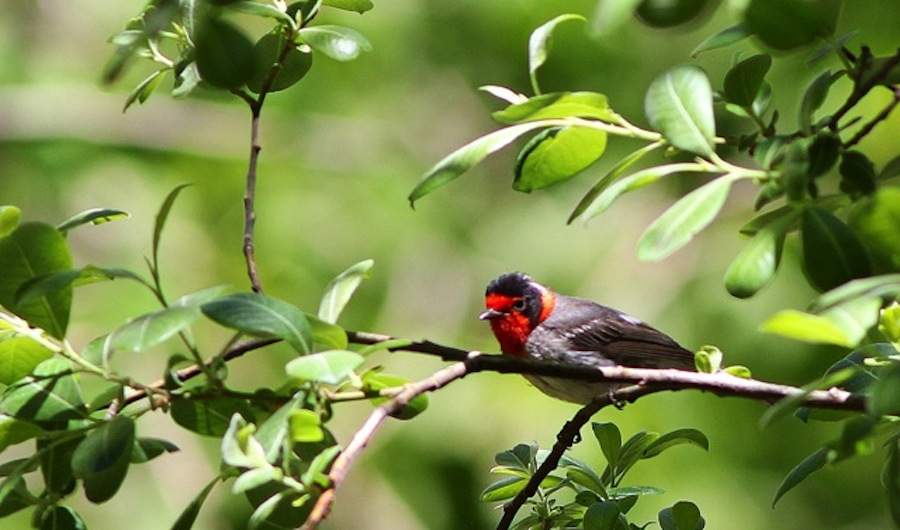
Red-faced Warbler
Spotted Owl
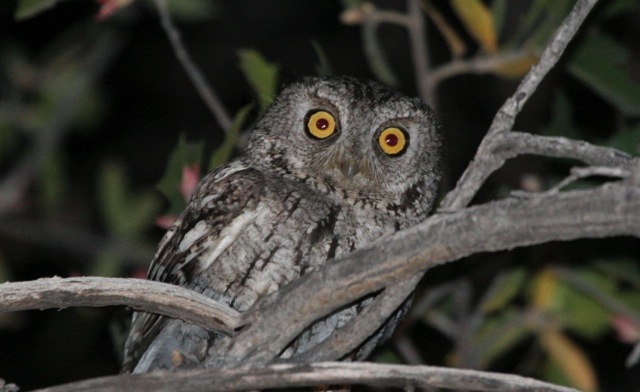
Whiskered Screech-Owl
Nutting’s Flycatcher
Tufted Flycatcher in Rucker Canyon
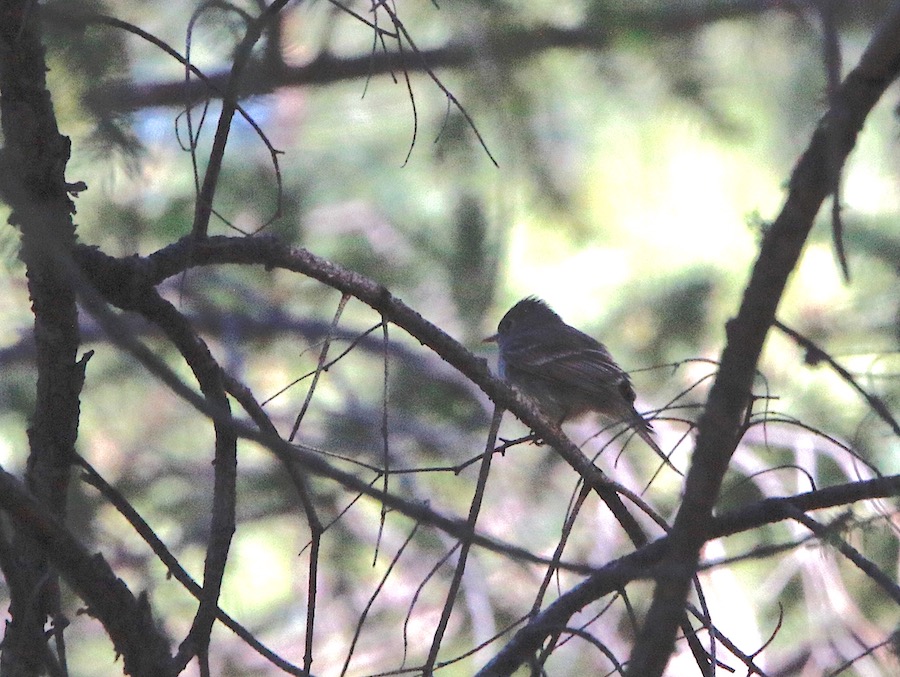
Pine Flycatcher in Catalinas
adult Laughing Gull in Willcox
Blue-eyed Darner
Gray Sanddragon
male Desert Spiny Lizard
May 16:
John Yerger reports from Central Texas.
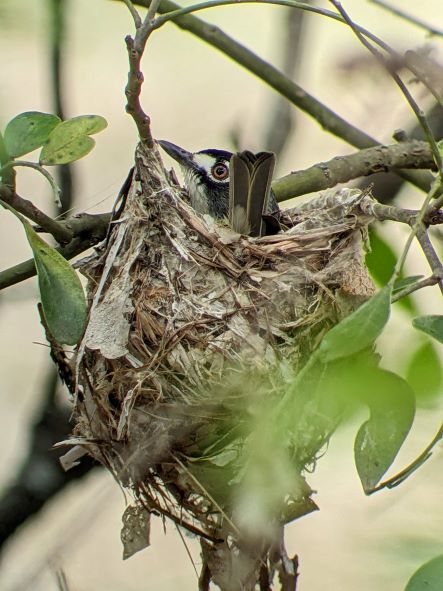
After working hard to secure reasonable views of Black-capped Vireo the day prior, this male at Lost Maples landed on a nest within 10 feet of a popular trail.
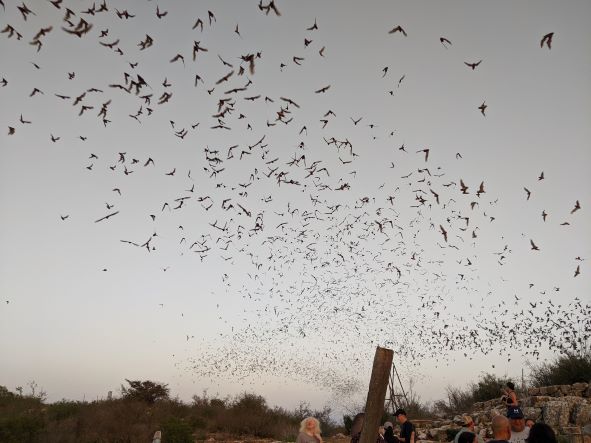
The nightly exodus of 10-12 million Mexican free-tailed bats near Concan was an even more impressive wildlife spectacle than any of us could have imagined!
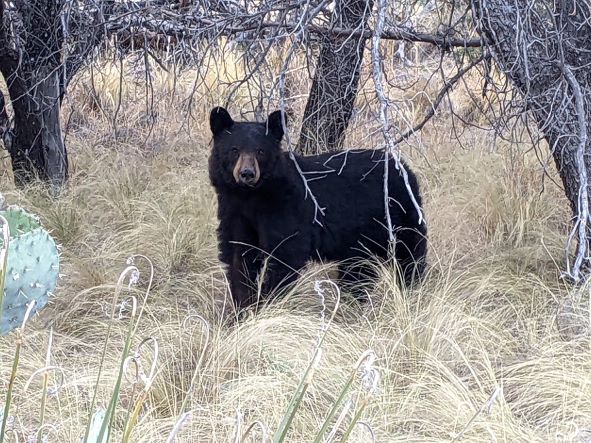
A stunning addition to our mammal list was this black bear, a rare sighting in Texas but becoming more common in the Chisos Mountains of Big Bend National Park, where they only started returning in the 1980's after being extirpated from the area earlier in the century.
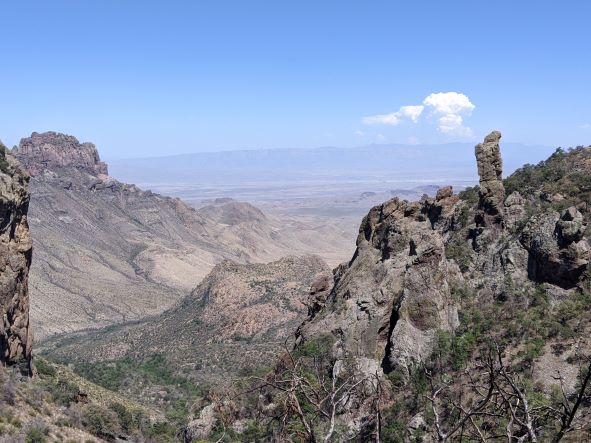
Thunderhead (cumulonimbus cloud) forms behind Boot Rock on the Pinnacles Trail in the Chisos Mountains, a welcome pause for scenery after a tough hike.
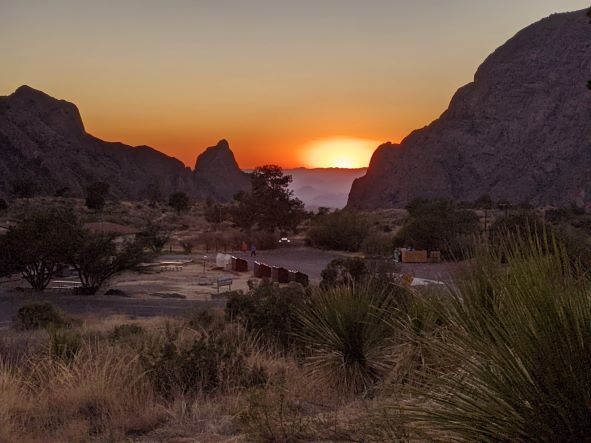
Sunset through "The Window," a must-see event for any visitor to the Big Bend region.
May 4:
Gavin Bieber reports from South Florida:
We just wrapped up our 2022 WINGS Spring Florida tour, a trip which provides a great survey of the habitats and avifauna of this remarkable region. We began over on the states’ west coast, where we found pine specialties like Red-cockaded Woodpecker and Bachman’s Sparrow. Fort Desoto gifted us with a Kirtland’s Warbler, an exceedingly rare species in Florida, as well as a nice selection of more common waders and migrants. We crossed the peninsula along the scenic Alligator Alley, marveling at the beautiful cypress bottomlands, heavily laden with epiphytes and flowers and the upland pine/oak scrub and grassland savannahs of the central peninsula. Out on Key Biscayne we tracked down vagrant Least Grebe and Bahama Mockingbird, and around the urban jungles of Miami we spent some time investigating the large numbers of exotic species that now call South Florida home including the newly minted Egyptian Goose, brightly colored Red-whiskered Bulbul and Spot-breasted Oriole, somewhat dubious-looking Muscovy Ducks and Monk, Yellow-chevroned and Mitred Parakeets. Enroute to the Dry Tortugas we found both Brown and Masked Boobies as well as a few Green Sea Turtles and flying fish. Out at the fort the dry and hot conditions limited the number of migrants present, but we still enjoyed ten species of Warblers, a surprise male Shiny Cowbird, a locally rare Red-shouldered Hawk and excellent views of a perched Black Noddy and several pairs of ethereally white Roseate Terns. The Florida Keys revealed many handsome White-crowned Pigeons, a few Black-whiskered Vireos, loafing Wilson’s Plover, a rather soggy Mangrove Cuckoo, and amazingly close views of displaying Antillean Nighthawks. On our last day, we visited some spectacular wading bird colonies, where breeding Wood Storks, Anhingas and herons were only feet away from us on the boardwalk. It was a busy but great week in what is surely one of most unique landscapes and avifaunas of the United States.
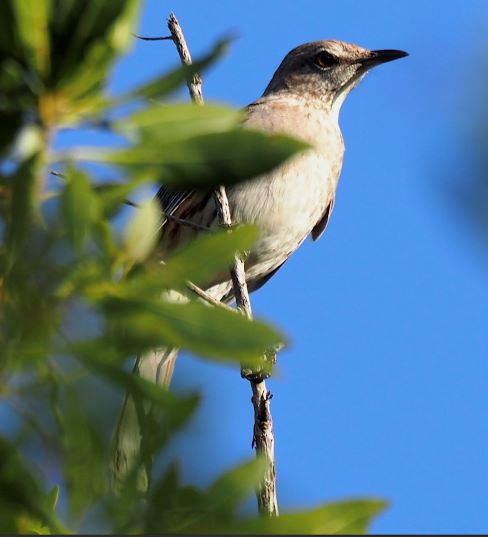
Bahama Mockingbird (photo by Ethan Kistler)
Black (and Brown) Noddies
Black-bellied Whistling-Duck
Brown Booby
Burrowing Owl
Caribbean Reef Squid
French Angelfish
Grey-headed Swamphen
Hispid Cotton Rat
Kirtland's Warbler
Least Bittern
Least Grebe
Limpkin
Mangrove Cuckoo
Northern Curly-tailed Lizard
Osprey
Phantom Darner
Red-cockaded Woodpecker
Roseate Tern
Shiny Cowbird
White-crowned Pigeon
Wood Stork
May 2:
Ethan Kistler reports from South Texas
After a several year hiatus, the recent Rio Grande Valley in Spring Texas tour ended in great success. We had a whole host of South Texas specialties from the more common Green Jay, Plain Chachalaca, and Altamira Oriole to the more uncommon Northern Beardless-Tyrannulet, Morelet’s Seedeater, and Red-billed Pigeon. We visited King Ranch where we had excellent views of Ferruginous Pygmy-Owl, the bird-rich Rio Grande Valley as far west as Zapata, and of course the coastal areas including South Padre Island for spring migrants. I’m really looking forward to spring 2023! (Photos by tour participant Keeley Kirkendall).
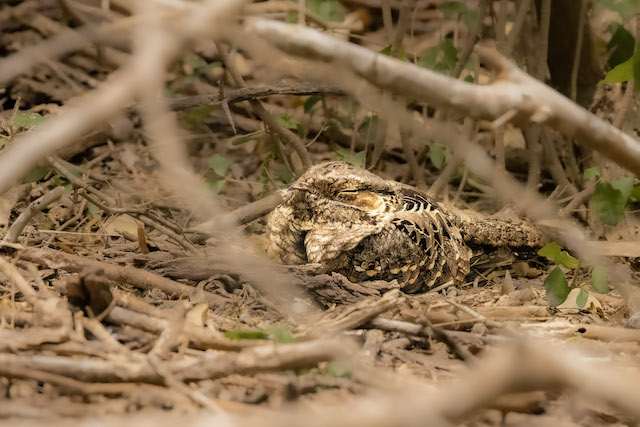
Common Pauraque near its usual roosting spot at Estero Llano Grande State Park
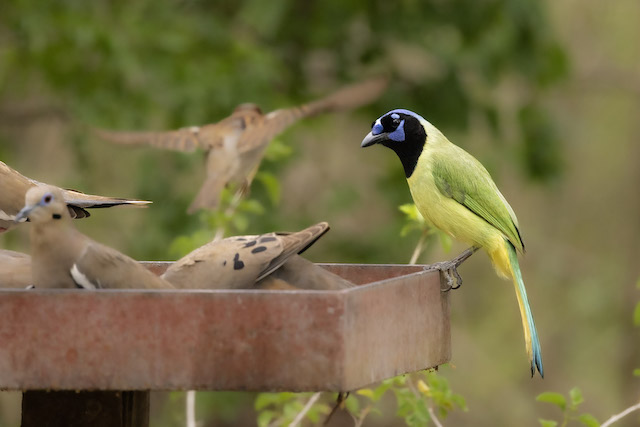
Green Jays are frequent at the valley's bird feeding stations
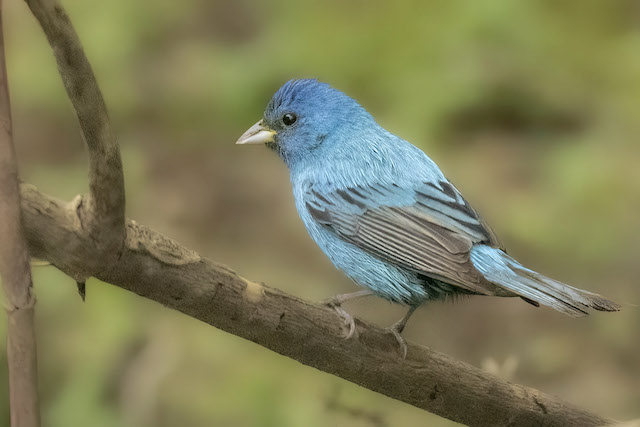
Indigo Bunting was one of many migrants seen on the tour
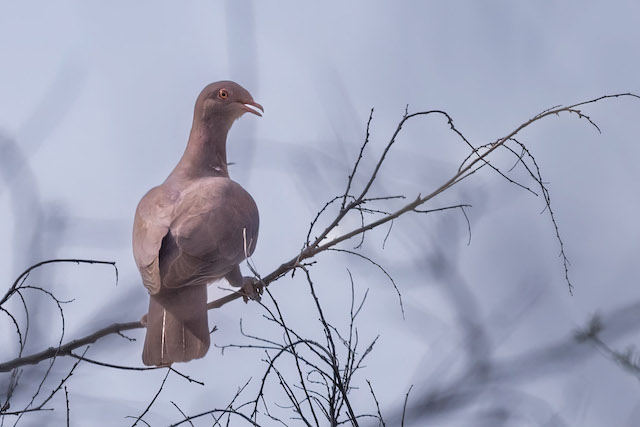
This Red-billed Pigeon flew right over our heads and landed in an nearby tree
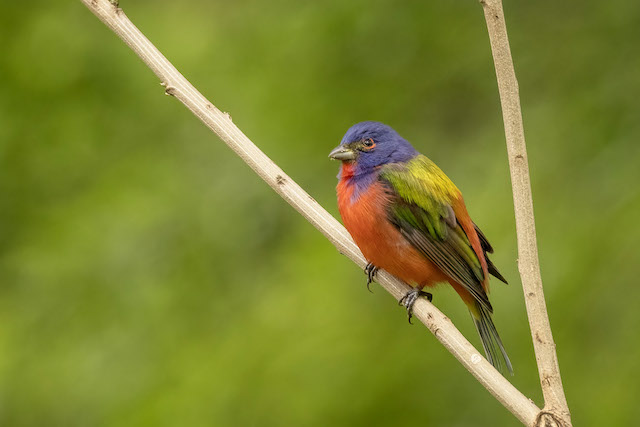
Although more widespread, this Painted Bunting was a target for many
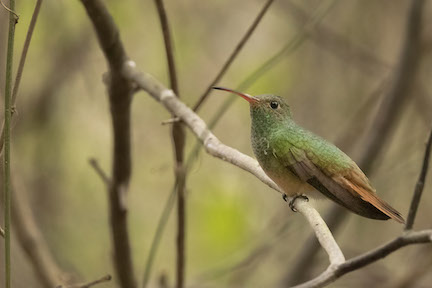
Buff-bellied Hummingbirds can be found frequenting feeders
April 13:
Gavin Bieber has just returned from spectacular Panama
Our recently completed spring week at Panama's famous Canopy Tower was followed by a 5-day extension to the Canopy Lodge. It is always a pleasure to return to these fantastic and unique lodges, surrounded by an excellent mix of habitats and a great diversity of birds. Some of the highlights during the main week around the tower included a very confiding male Spot-crowned Ant-Vireo, several woodcreepers including this handsome Plain-brown, dazzling tanagers such as Green Honeycreepers and Red-legged Honeycreepers and daily visits to the feeders from an array of hummingbirds including Stripe-throated Hermit. As usual our time around the national park here is punctuated by a plethora of non-bird finds as well, from tiny Crimson Threadtails and Golden-spectacled Tegus to obscure finds like courting Blue-spotted Cichlid or cryptic Panama Night Monkeys. Over the course of the main tour around the tower we tallied an impressive 286 species of birds in just 6 days!
Around the more montane forests surrounding the lodge we added nearly 90 more species to the triplist, with a few of the highlights being our incredibly lengthy views and close-range views of five Rufous-vented Ground-Cuckoos and a Black-crowned Antpitta attending antswarms around La Mesa. Along the creek that runs through the lodge property we found loafing Sunbittern, and at night tiny Tatayo’s Glass Frogs. The lodge grounds held glittering Snowy-bellied Hummingbirds, Barred Antshrikes, and Giant Red-winged Grasshoppers that seemed to dwarf some of the birds. Our final day of the extension was to the hot and dry Pacific lowlands, where among an impressive list of new species we enjoyed very good views of Pearl Kite and the surprisingly attractive Lesser Yellow-headed Vulture.
In all we tallied just shy of 380 species of birds, including an amazing 52 species of flycatchers, as well as 17 mammals and 27 species of reptiles and amphibians in 10 days in the field! This tour continues to impress me, as the diversity and richness of the region, paired with ease of access and the comforts of the lodge make for a truly wonderful experience.
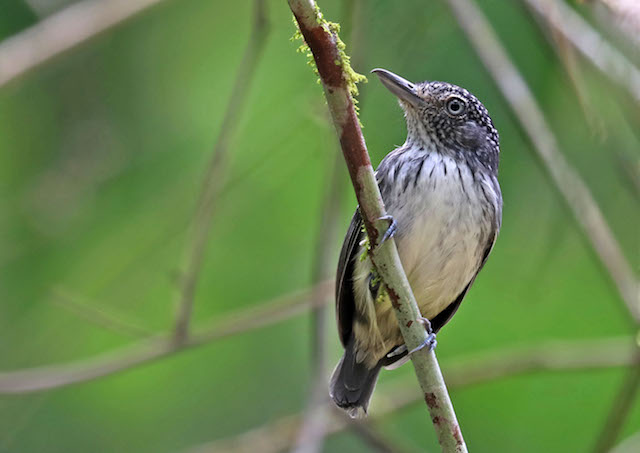
Spot-crowned Antvireo (Male)
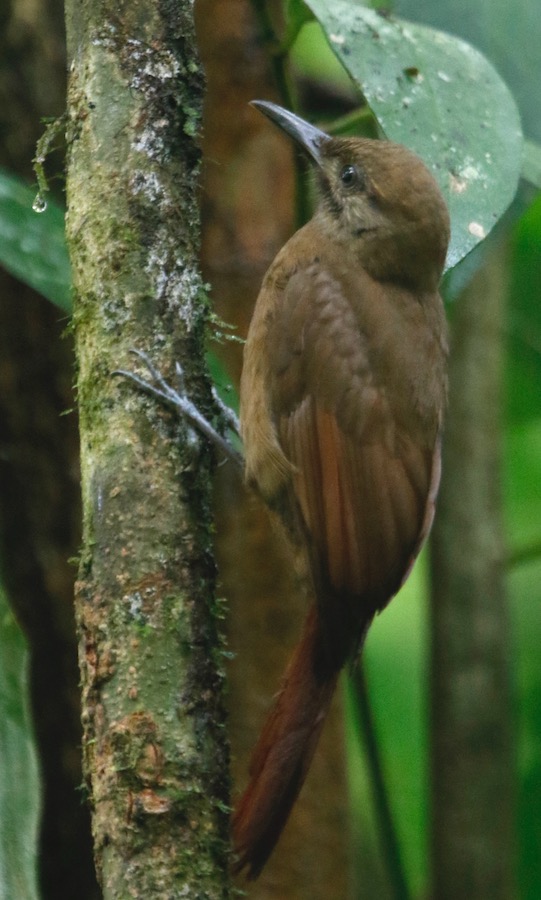
Plain-brown Woodcreeper
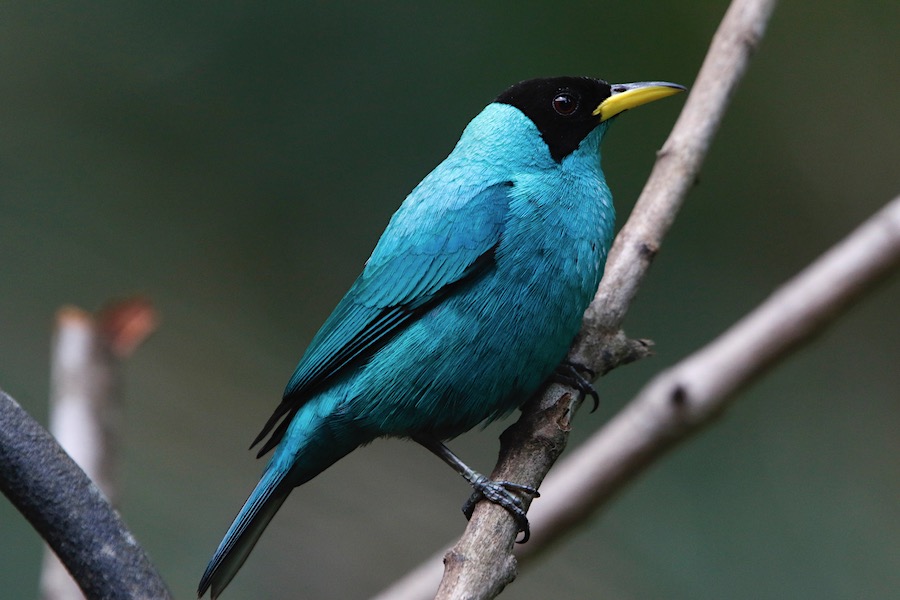
Green Honeycreeper
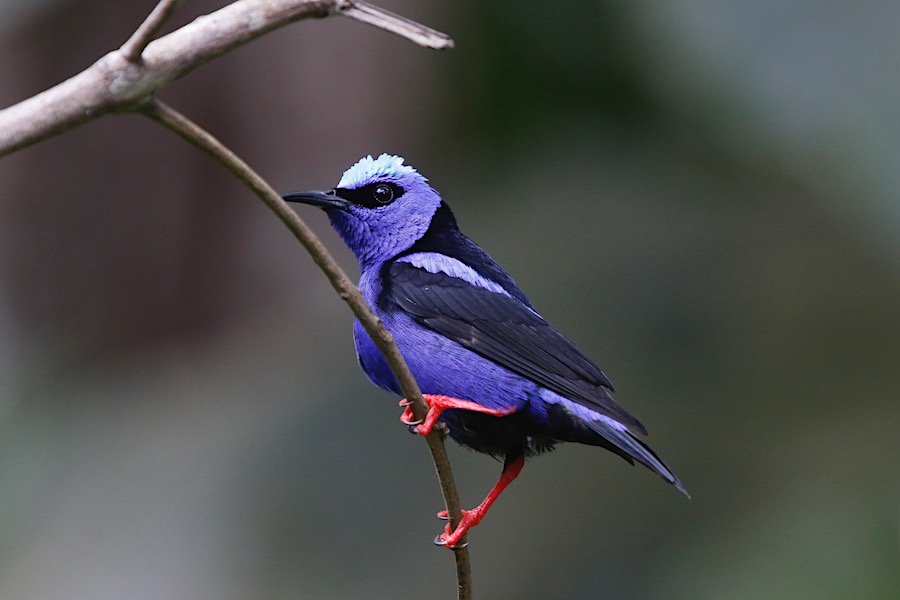
Red-legged Honeycreeper
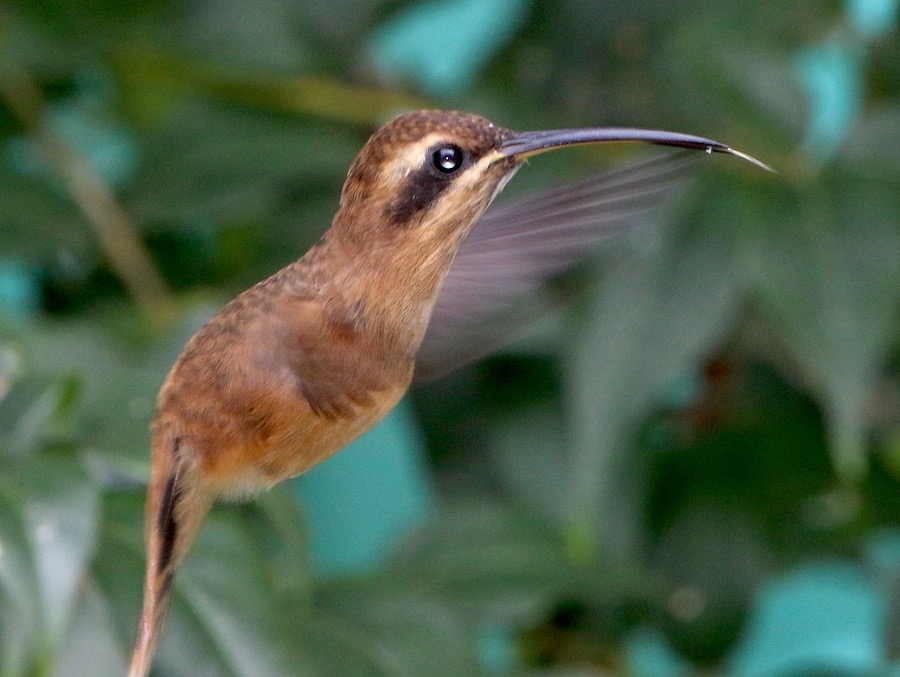
Stripe-throated Hermit
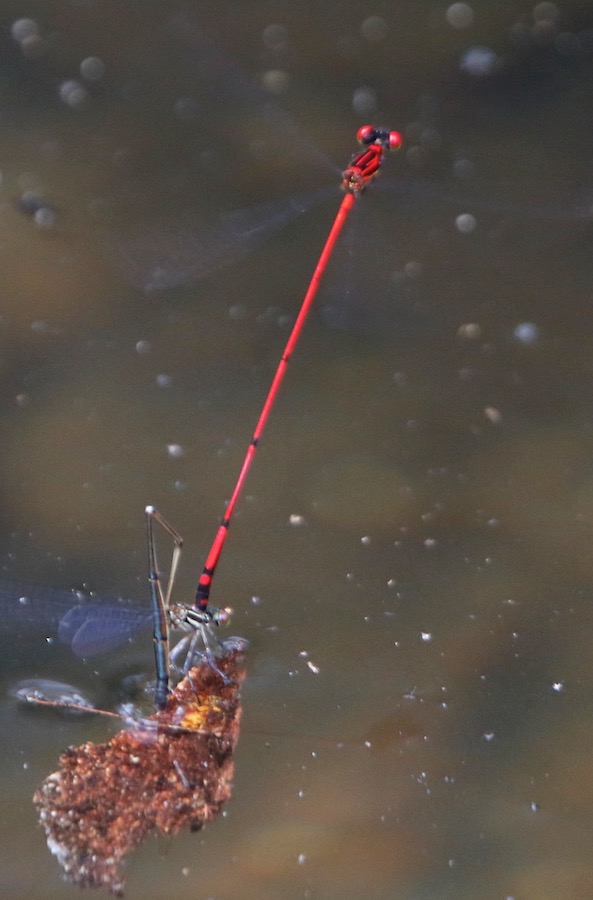
Crimson Threadtail
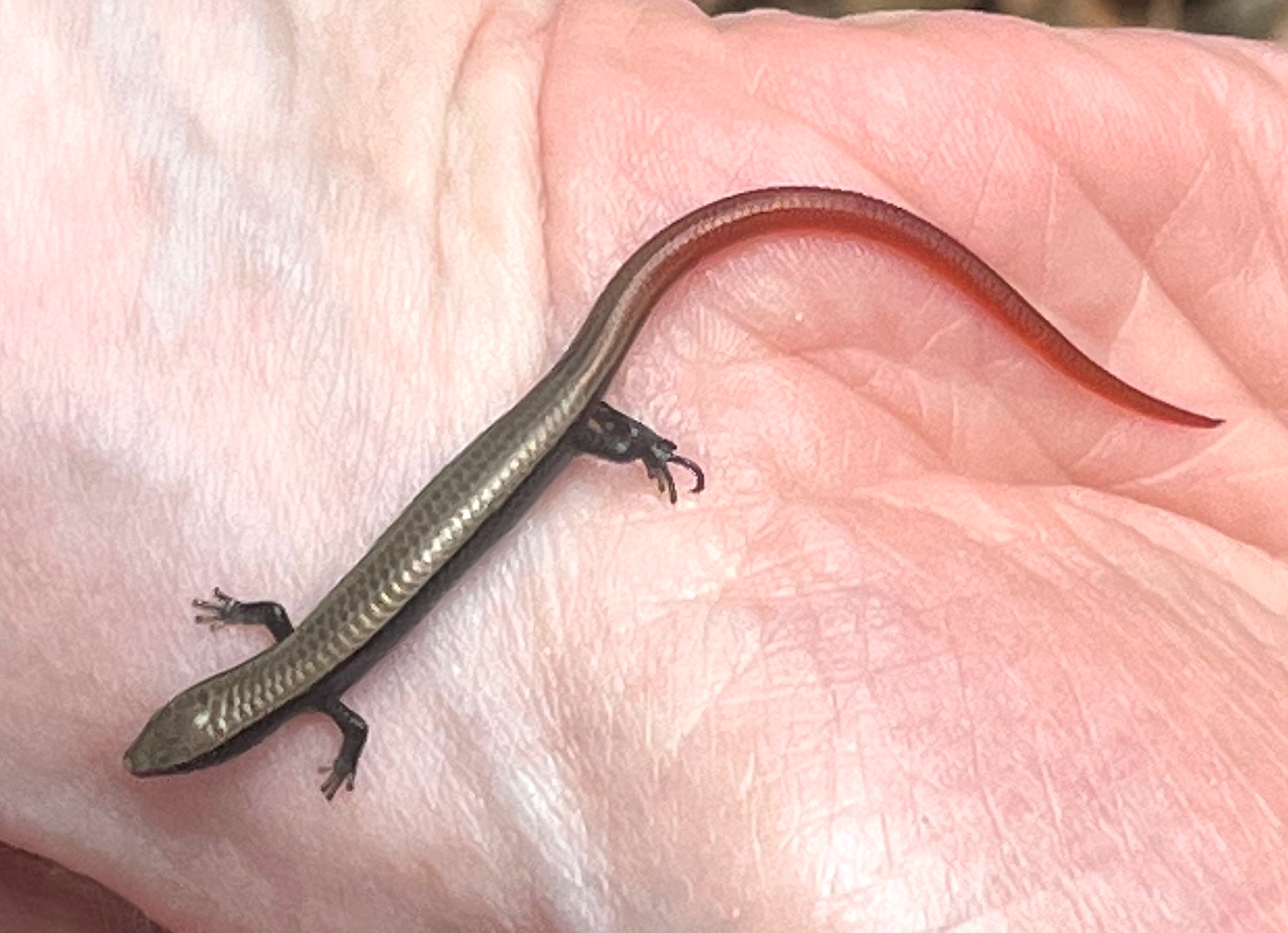
Golden-spectacled Tegu
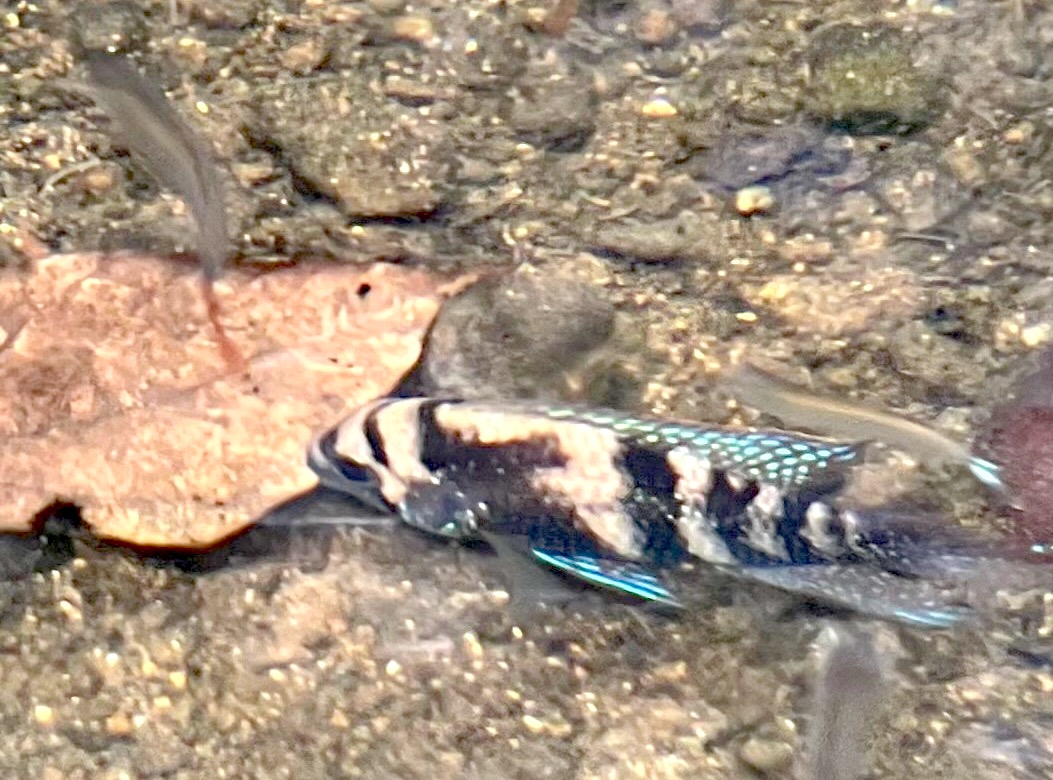
Blue-spotted Cichlid
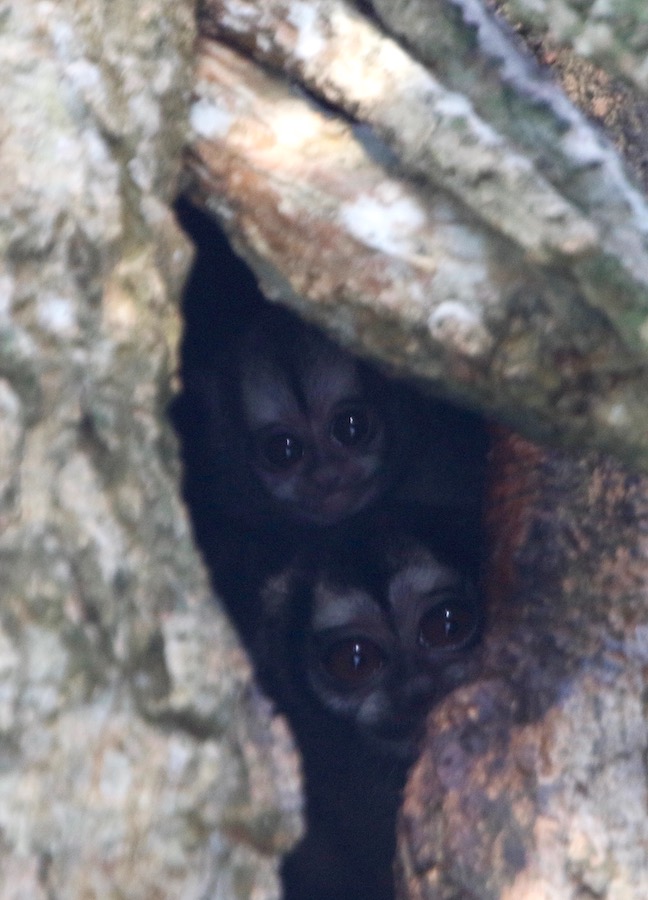
Panama Night Monkeys
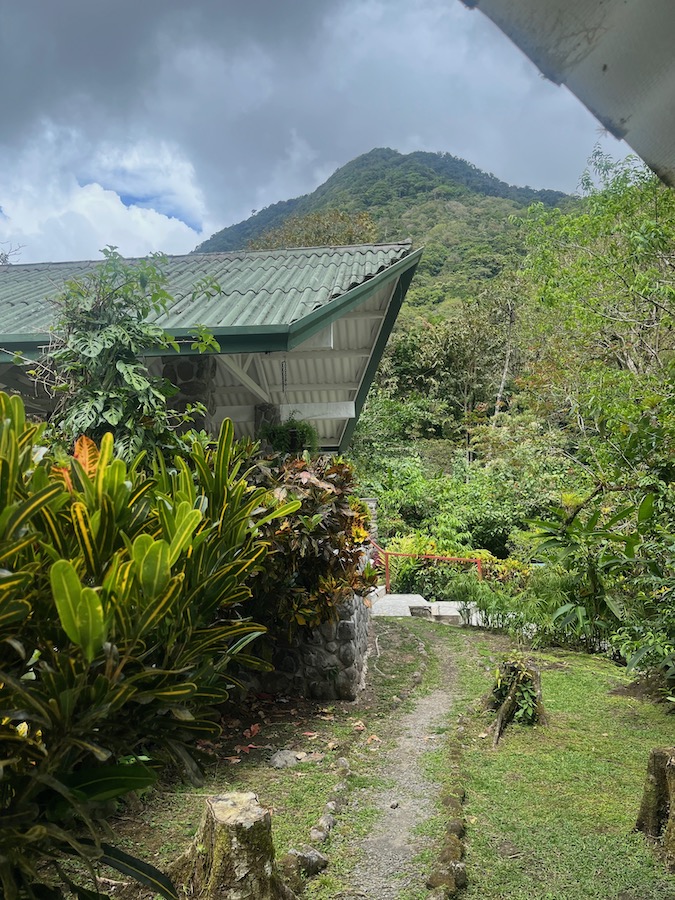
Canopy Lodge
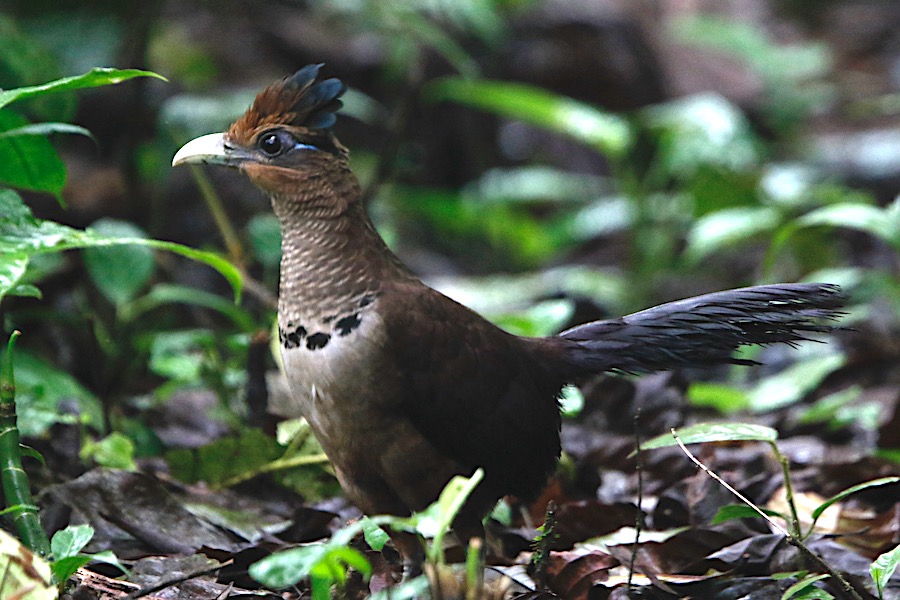
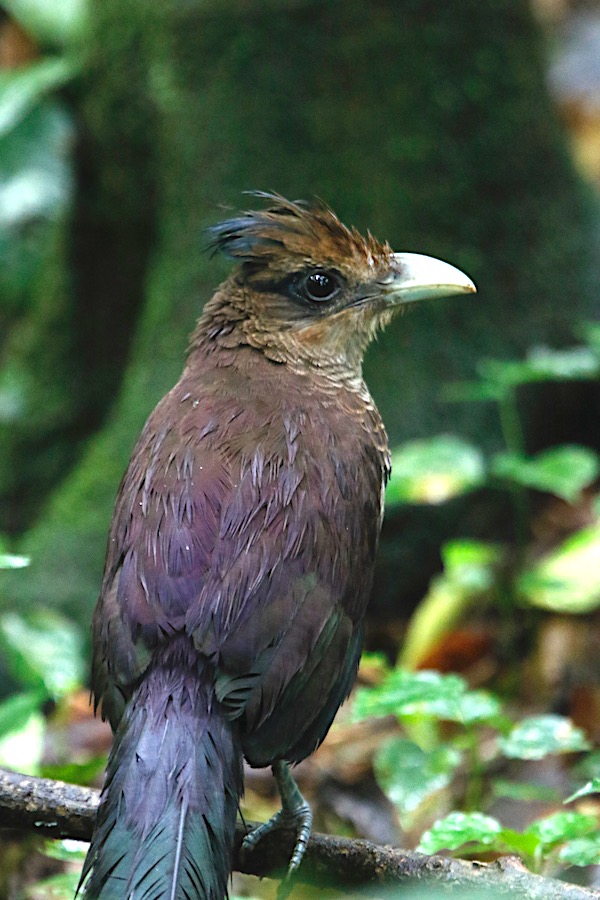
Rufous-vented Ground-Cuckoo
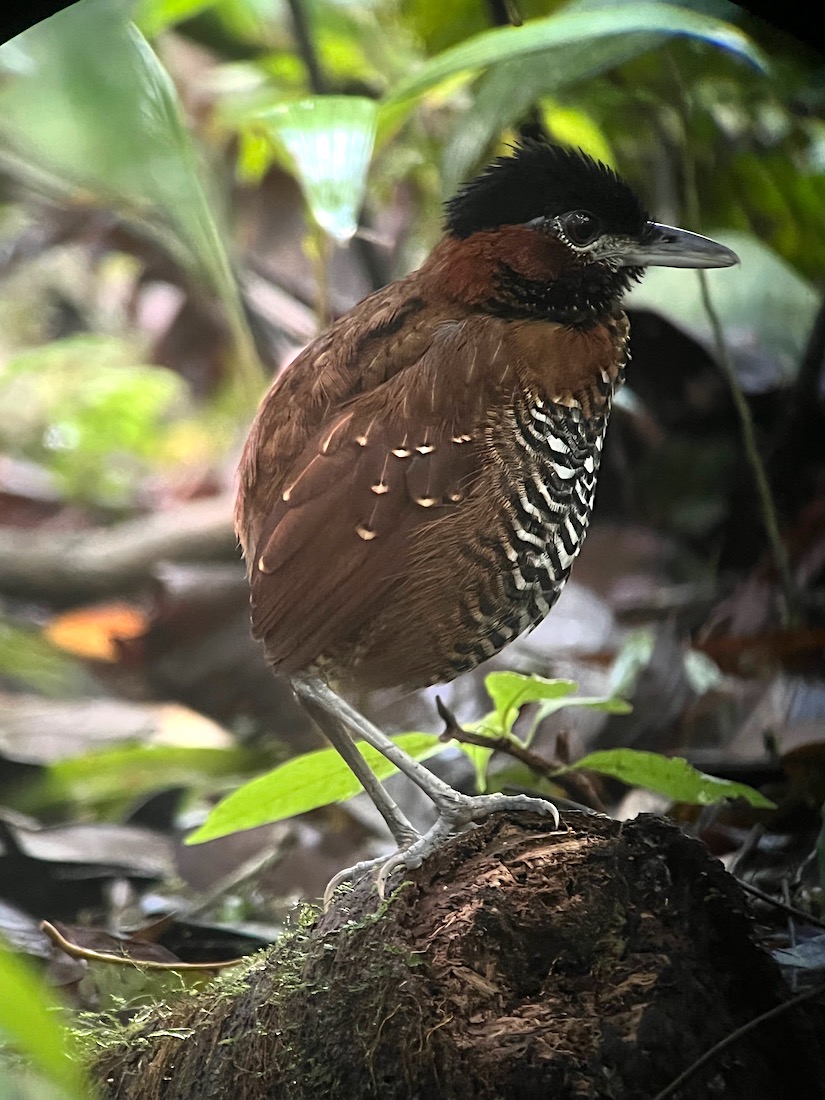
Black-crowned Antpitta
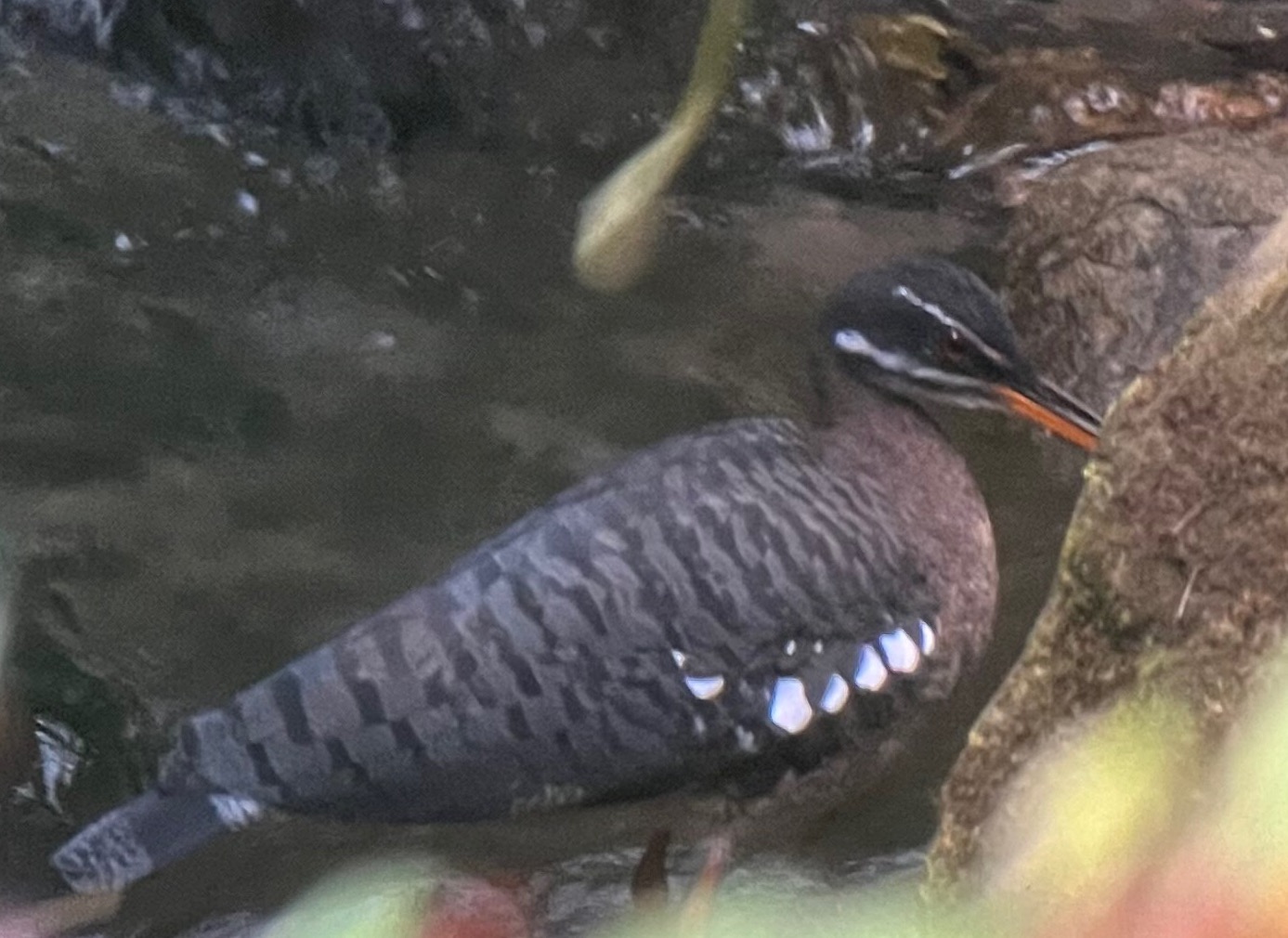
Sunbittern
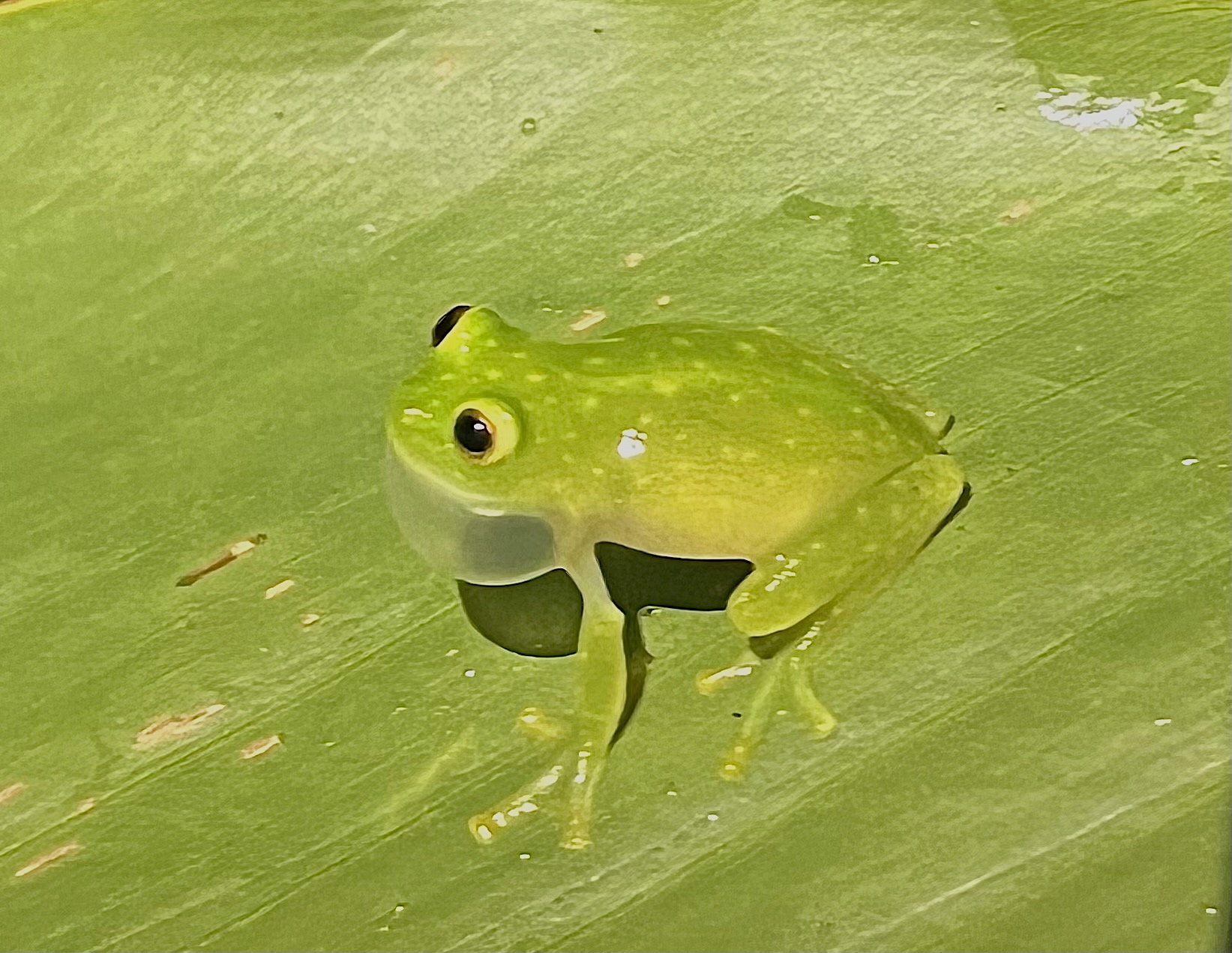
Tatayo’s Glass Frog
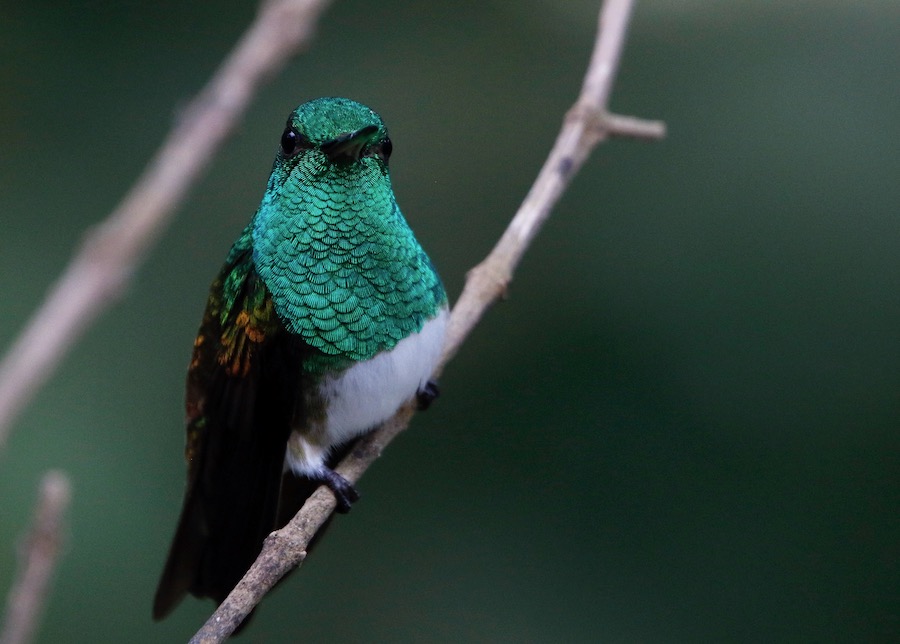
Snowy-bellied Hummingbird
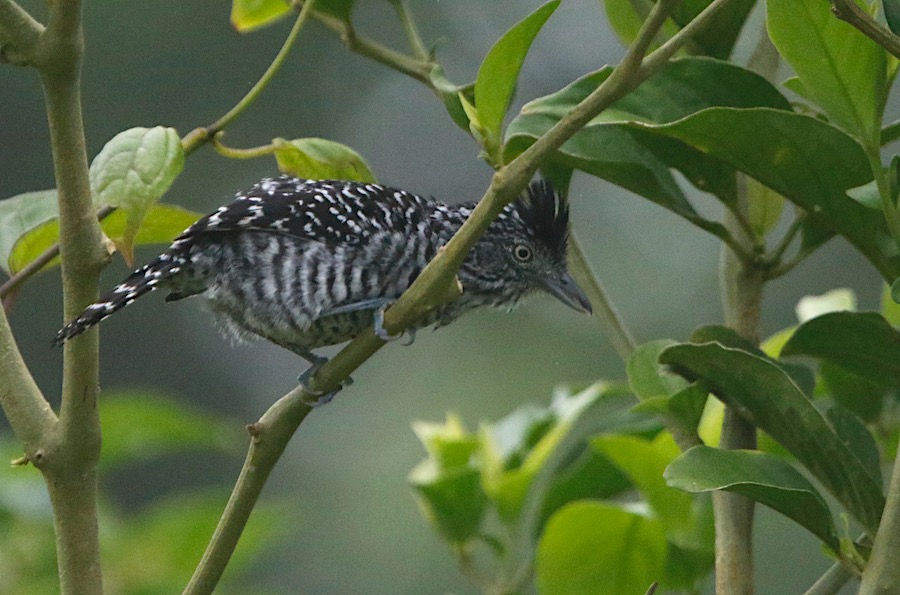
Barred Antshrike
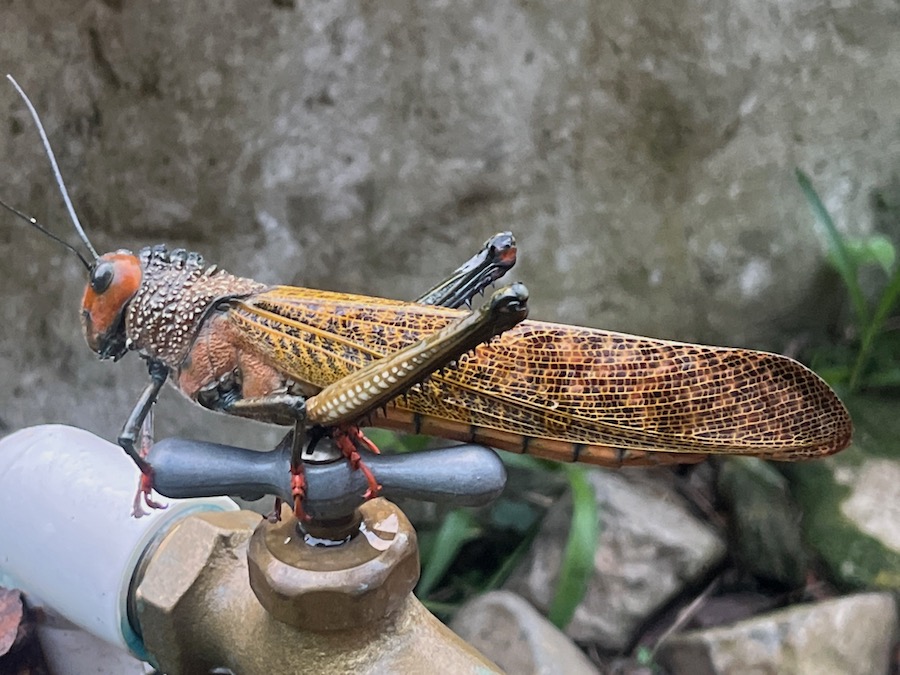
Giant Red-winged Grasshopper
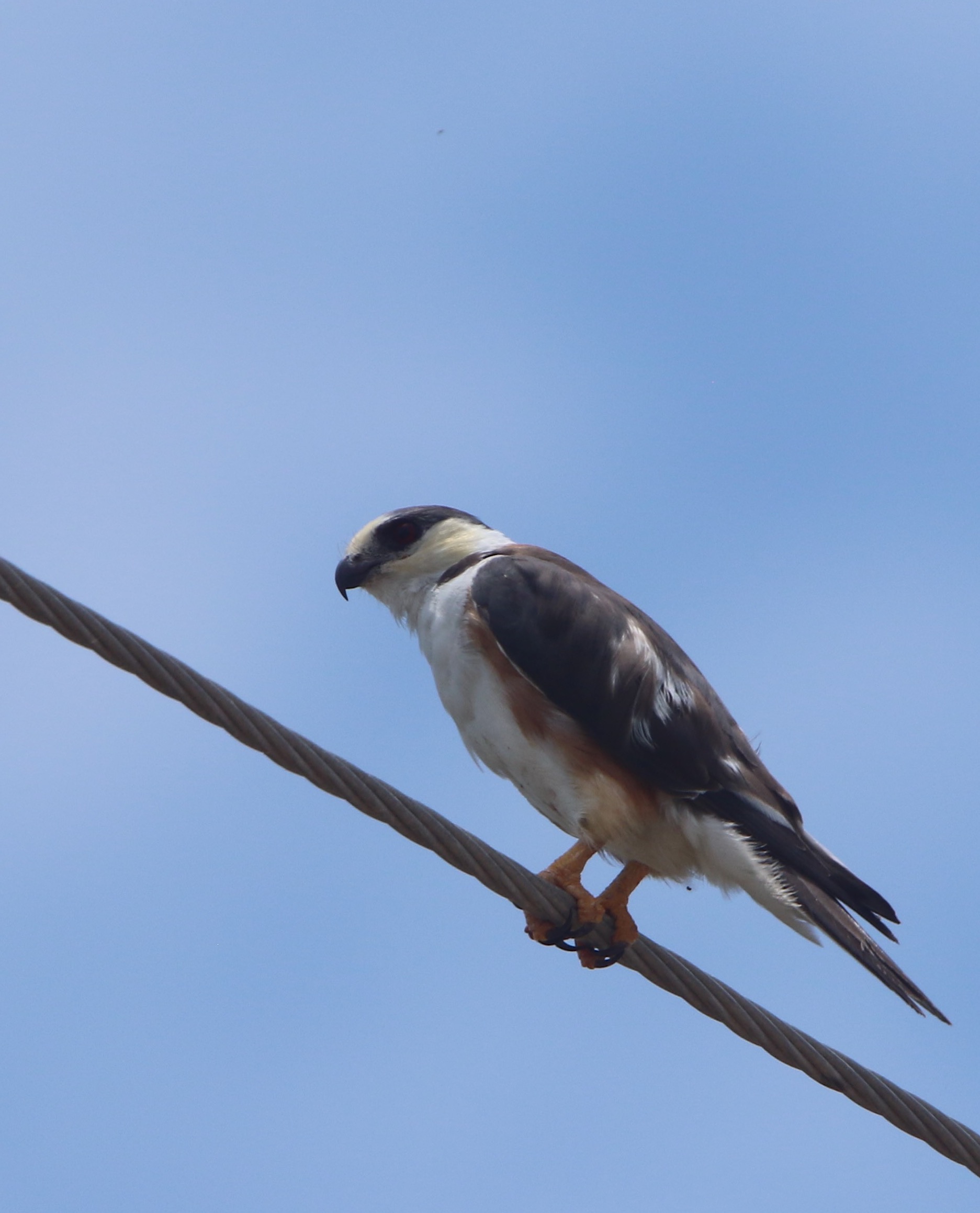
Pearl Kite
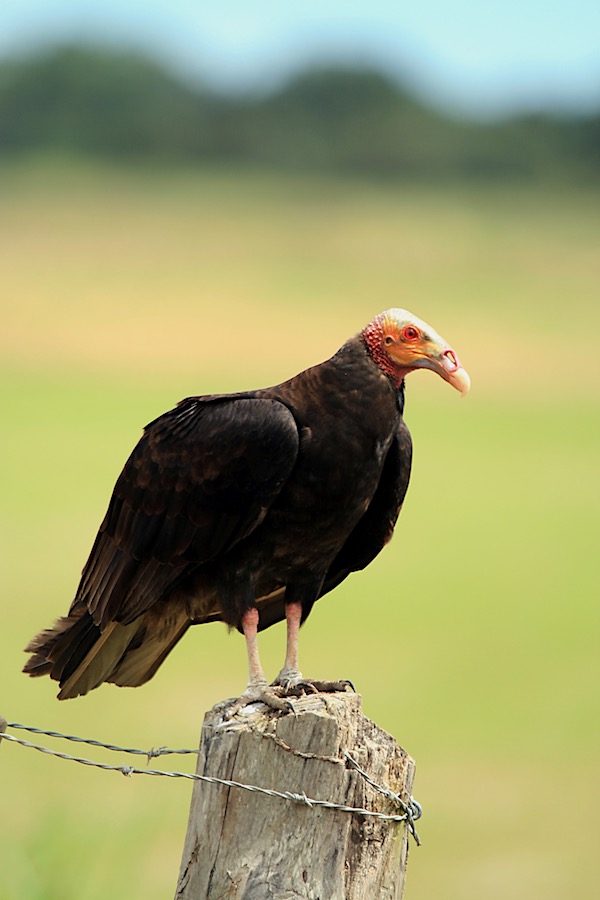
Lesser Yellow-headed Vulture
April 7:
Ethan Kistler reports from Morocco
After a several year hiatus due to the pandemic, Morocco re-opened just in time for Ethan Kistler’s Morocco in Spring tour. Starting in the Atlas Mountains, where recent snowfall still blanketed the ground, the group had great success with the likes of African Crimson-winged Finch, Levaillant’s Woodpecker, Tristram’s Warbler, and Maghreb Owl. The Sahara Desert didn’t disappoint either with excellent sightings of Egyptian Nightjar, Desert Sparrow, African Desert Warbler, a good number of larks, and photographic opportunities of sandgrouse. The coast around Agadir produced brilliant views of the endangered Northern Bald Ibis, which topped the group’s list of favorite trip species, while the Oued Souss and Oued Massa estuaries provided great numbers of coastal and wetland species.
African Crimson-winged Finch
Atlas Mountains
Desert Wheatear
Female Desert Sparrow at a nest
Well-camouflaged Egyptian Nightjar
A few Northern Bald Ibis of a larger group
March 17:
Jon Feensta recently led a fantastic trip to the Mindo area of Ecuador
We just finished our week long trip to one of South America’s great birding spots: the Mindo area of northwest Ecuador. With the benefit of a week in one lodge, we took day trips to areas of elevation high and low in search of the area’s famous avian diversity. And, diverse it was!
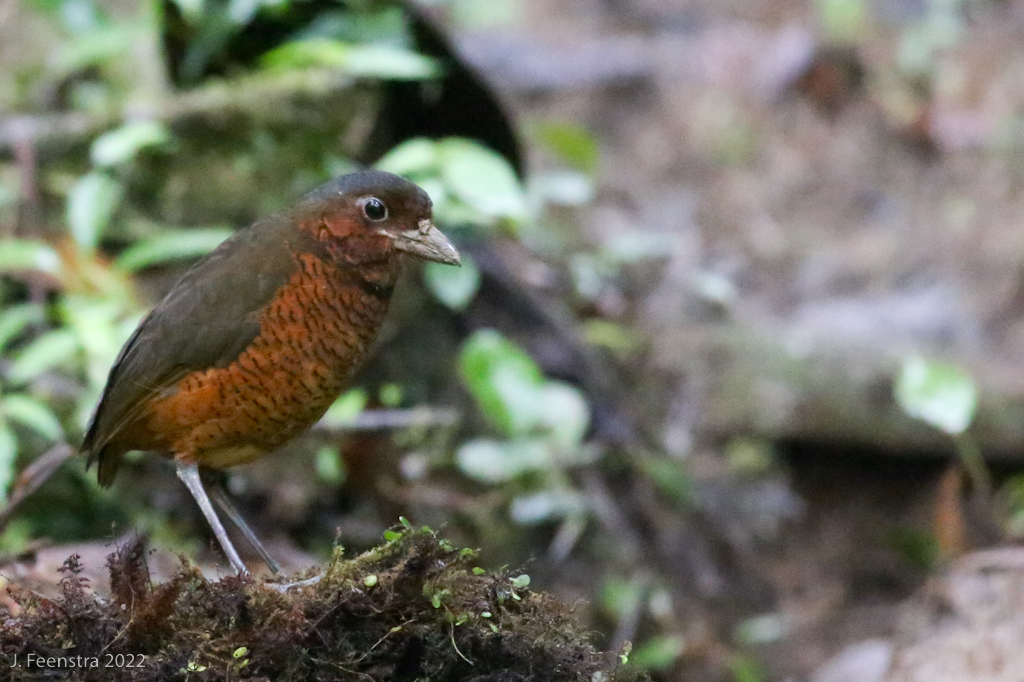 Some of our highlights were some of the big things, like this Giant Antpitta, one of four antpitta species we saw that day.
Some of our highlights were some of the big things, like this Giant Antpitta, one of four antpitta species we saw that day.
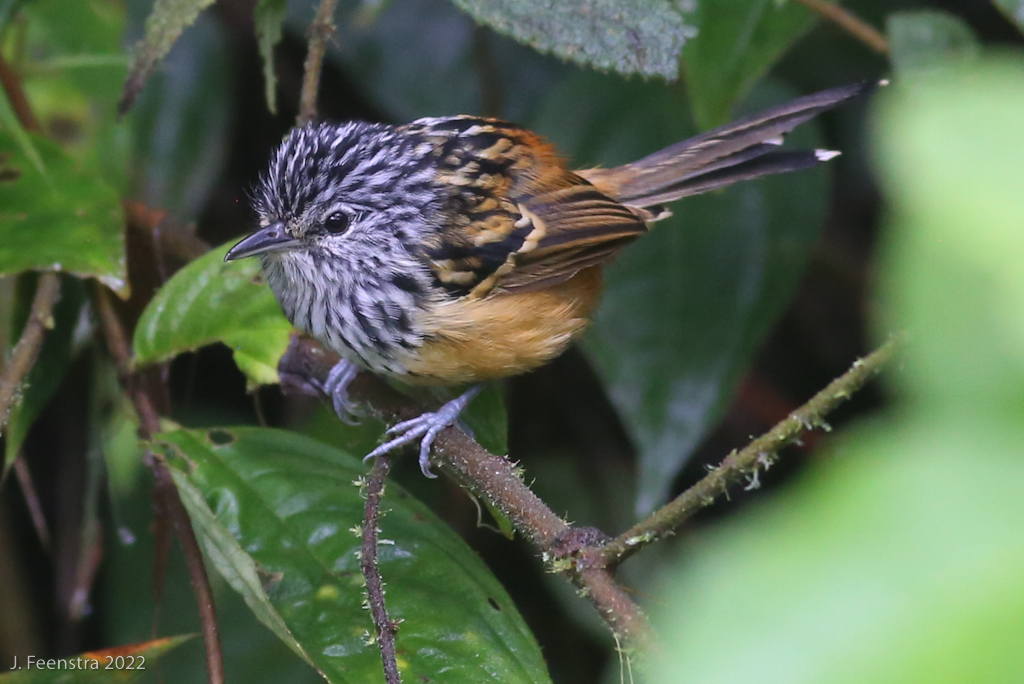
…and some were kind of small things, like this Streak-headed Antbird, a denizen of high elevation bamboo thickets.
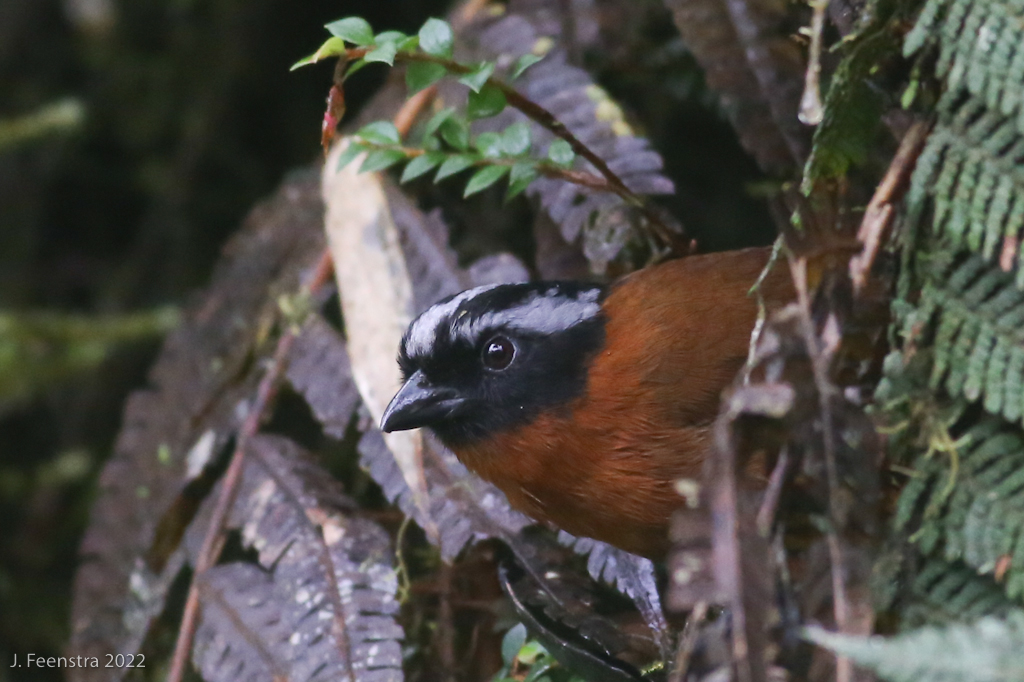
…and some were things with very tiny ranges, like Tanager Finch, which is only found in a little sliver of “Chocó” forest in northwestern Ecuador and southwestern Colombia.
We also had some close encounters with a few of our birds. Here a Velvet-purple Coronet is perched on Dave’s notebook as he writes “Velvet-purple Coronet” in it.
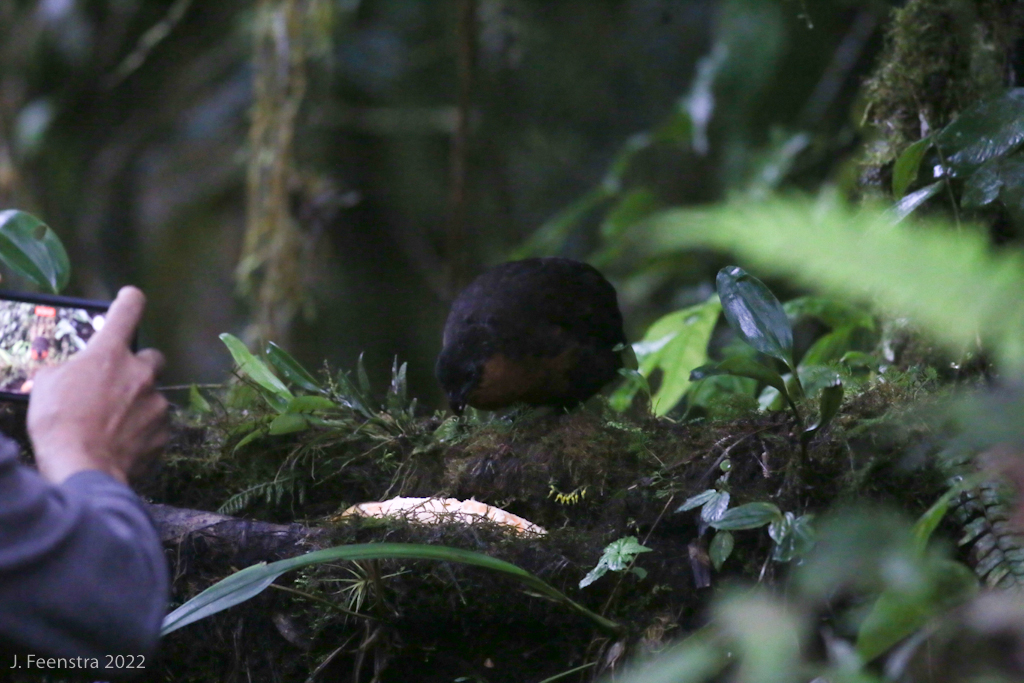
…or, note the cell phone photo being taken of this Dark-backed Wood-Quail.
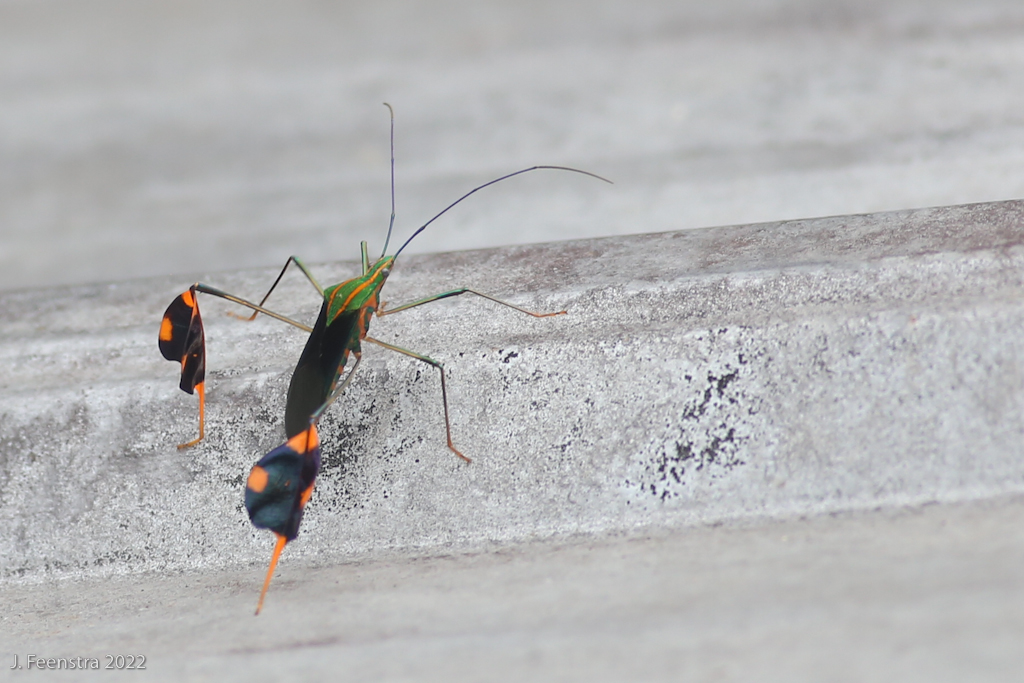
It’s not only about birds, though, check out this Diactor bilineatus.
Under the great gaze of the giant Andean Cock-of-the-rock statue, we proclaim the trip successful.

